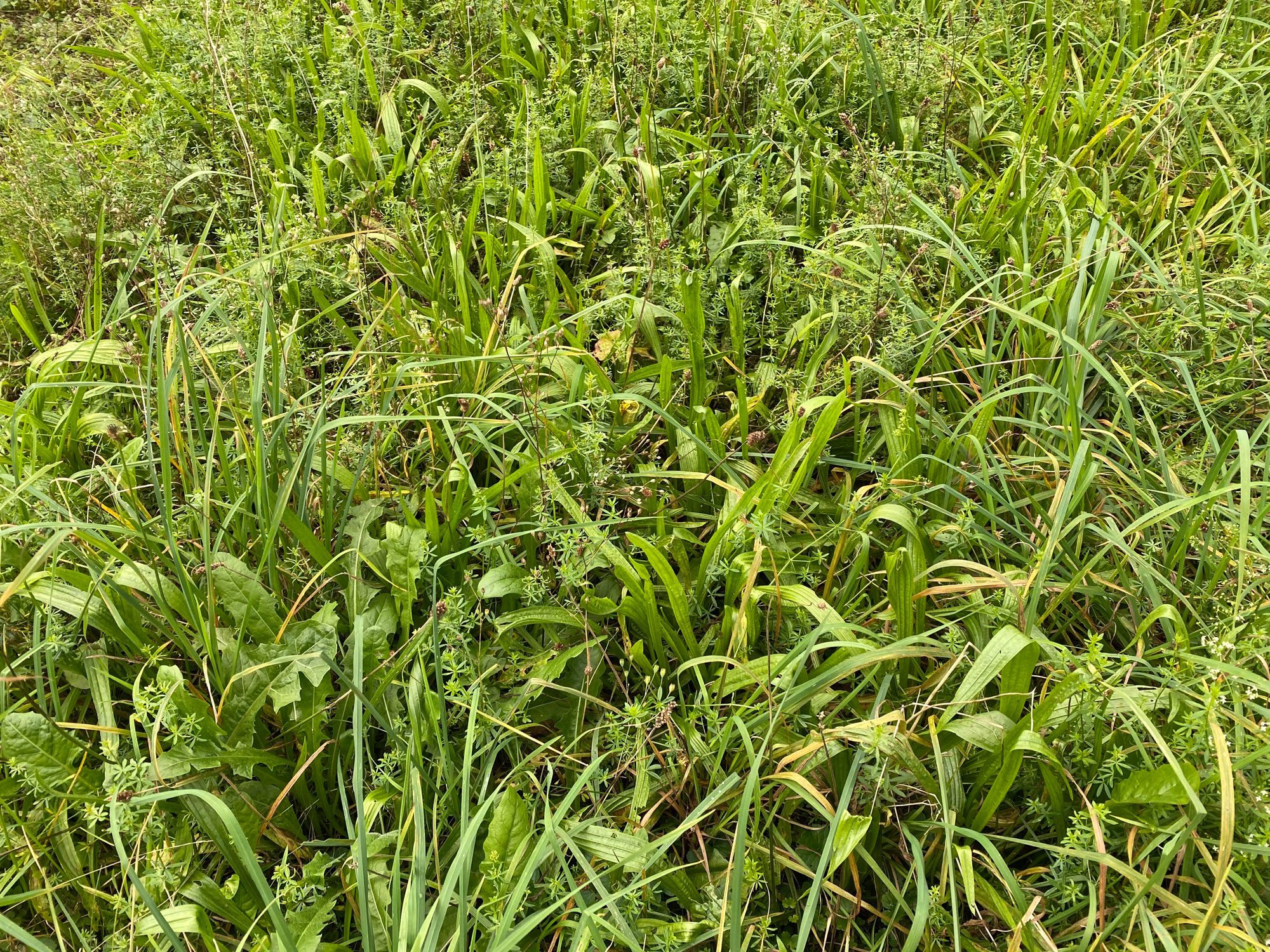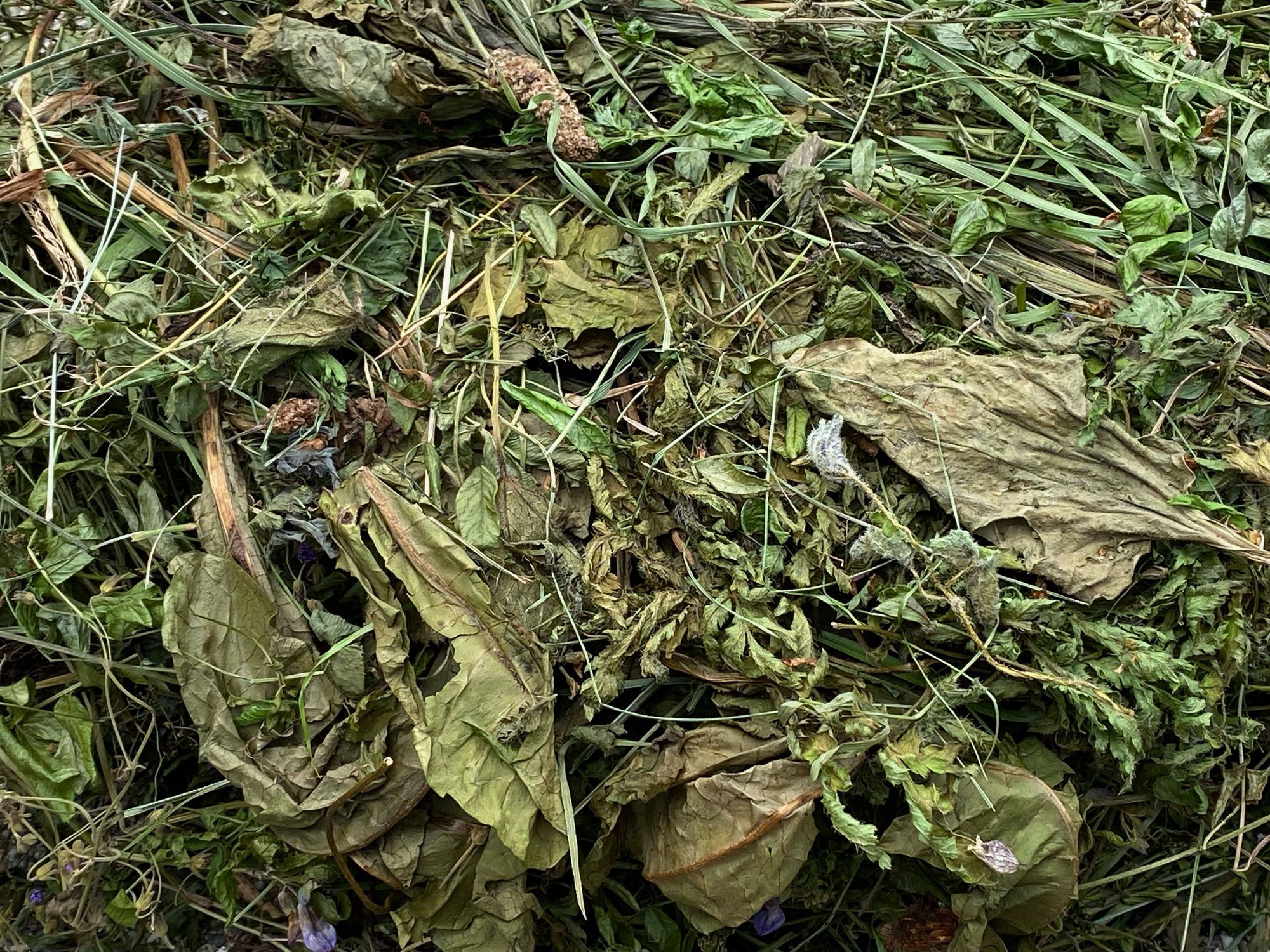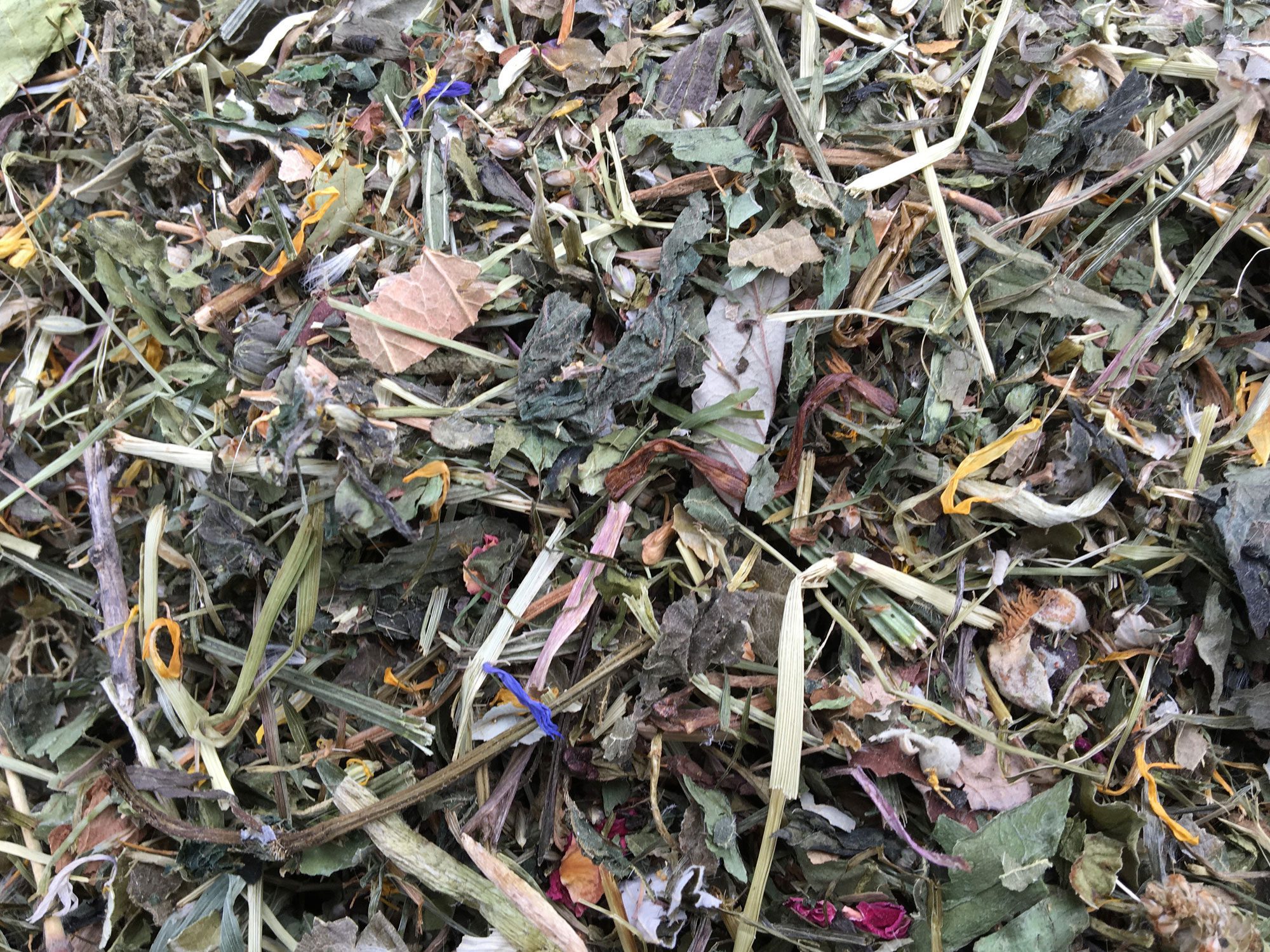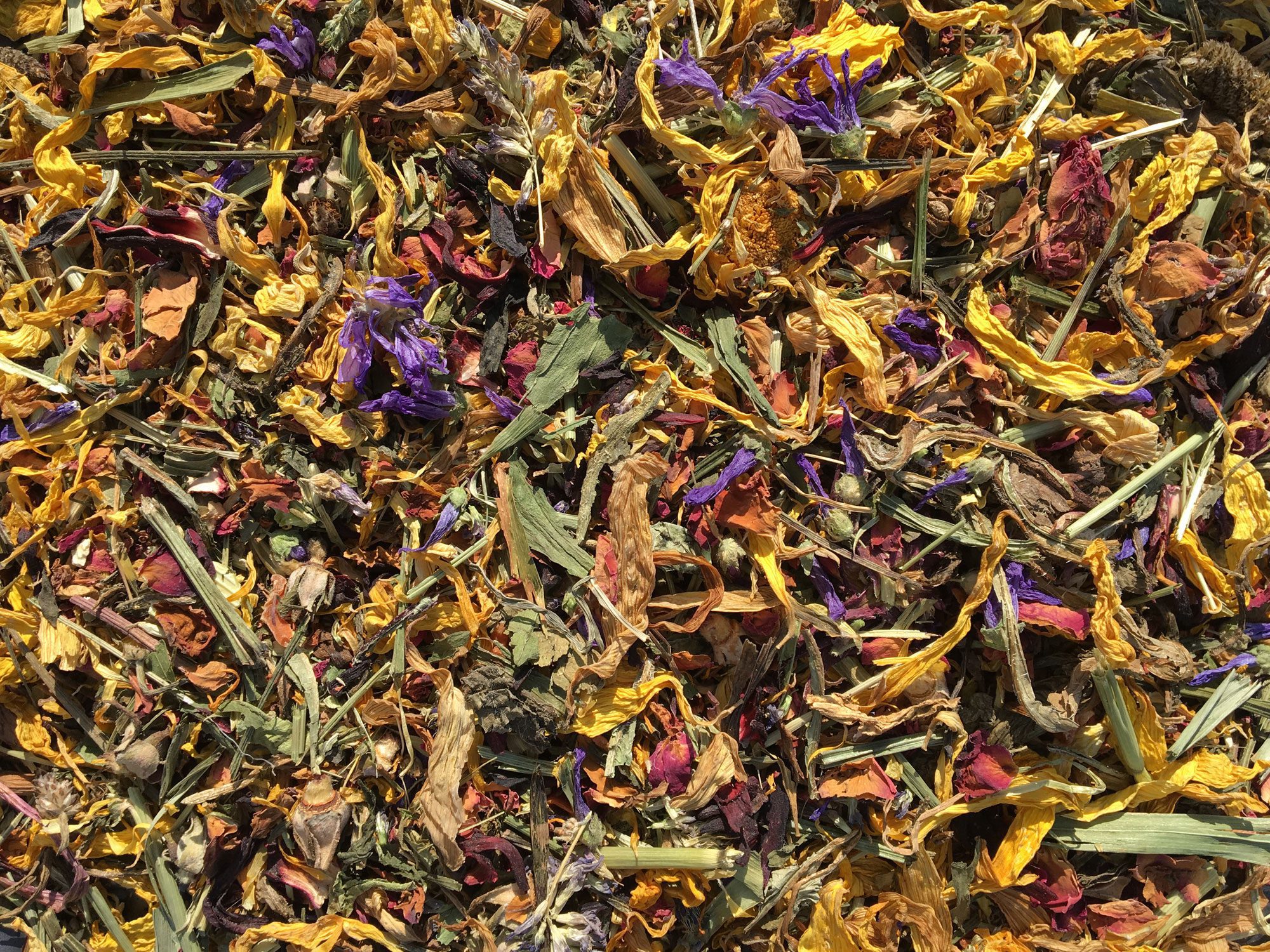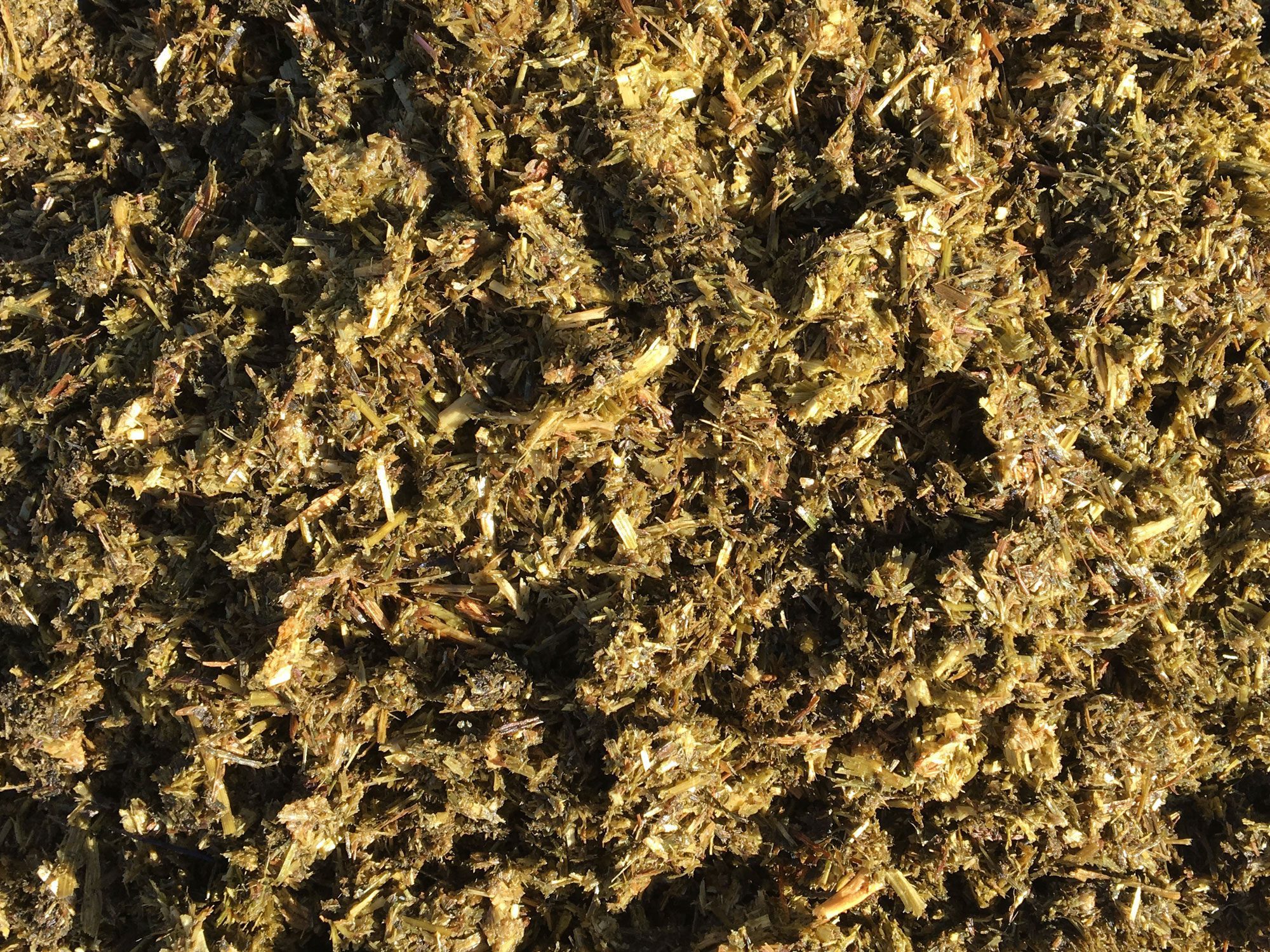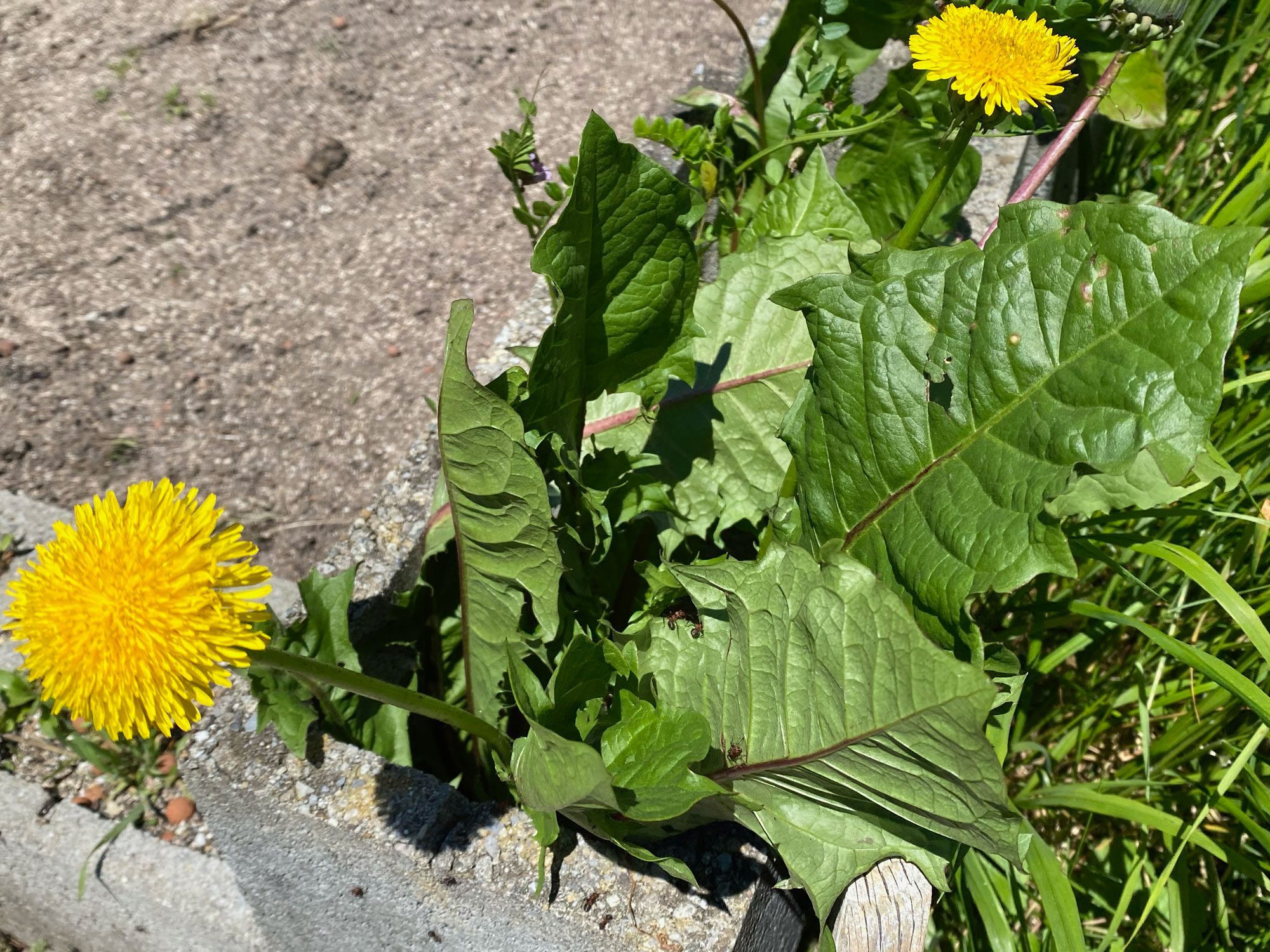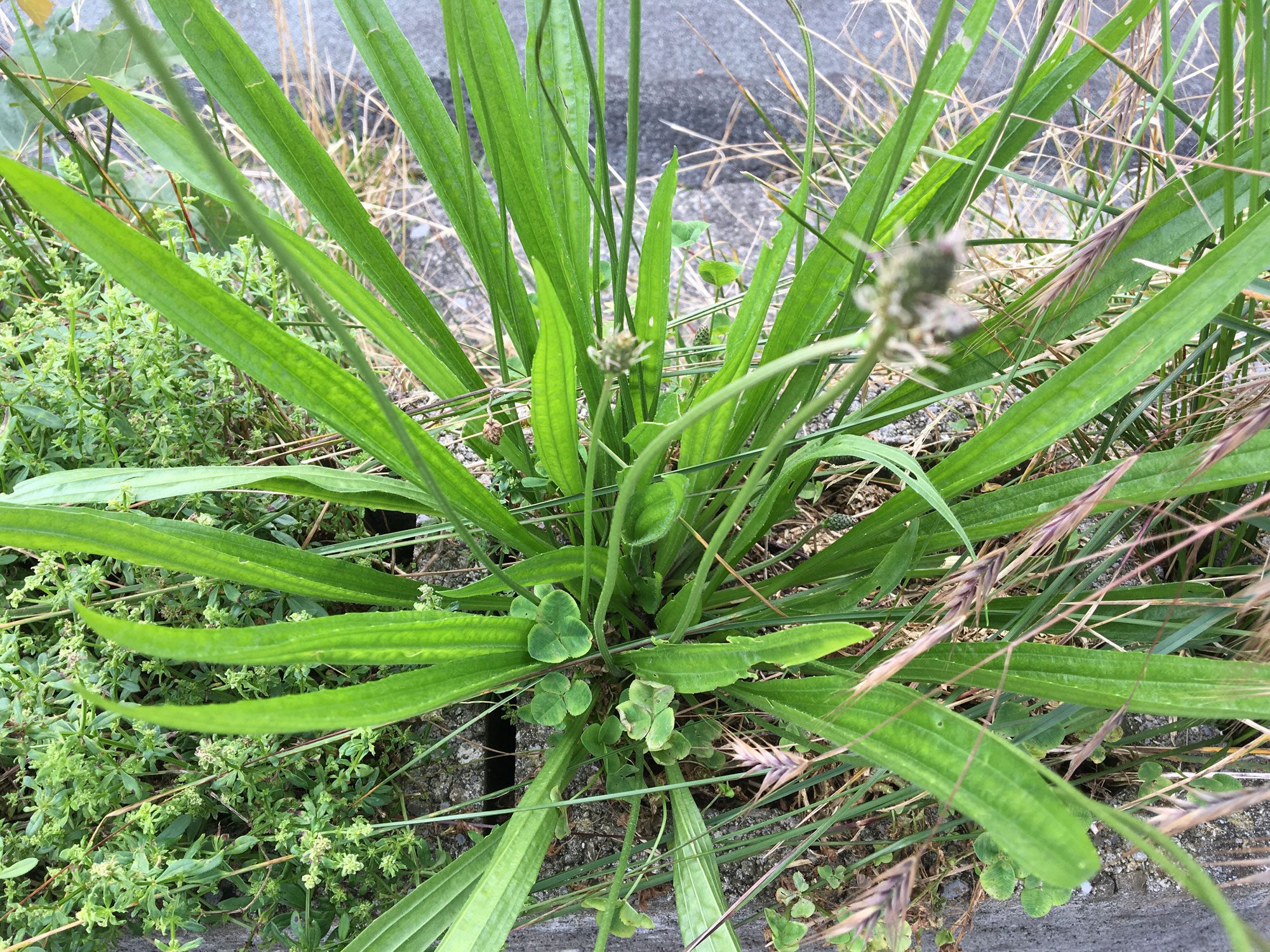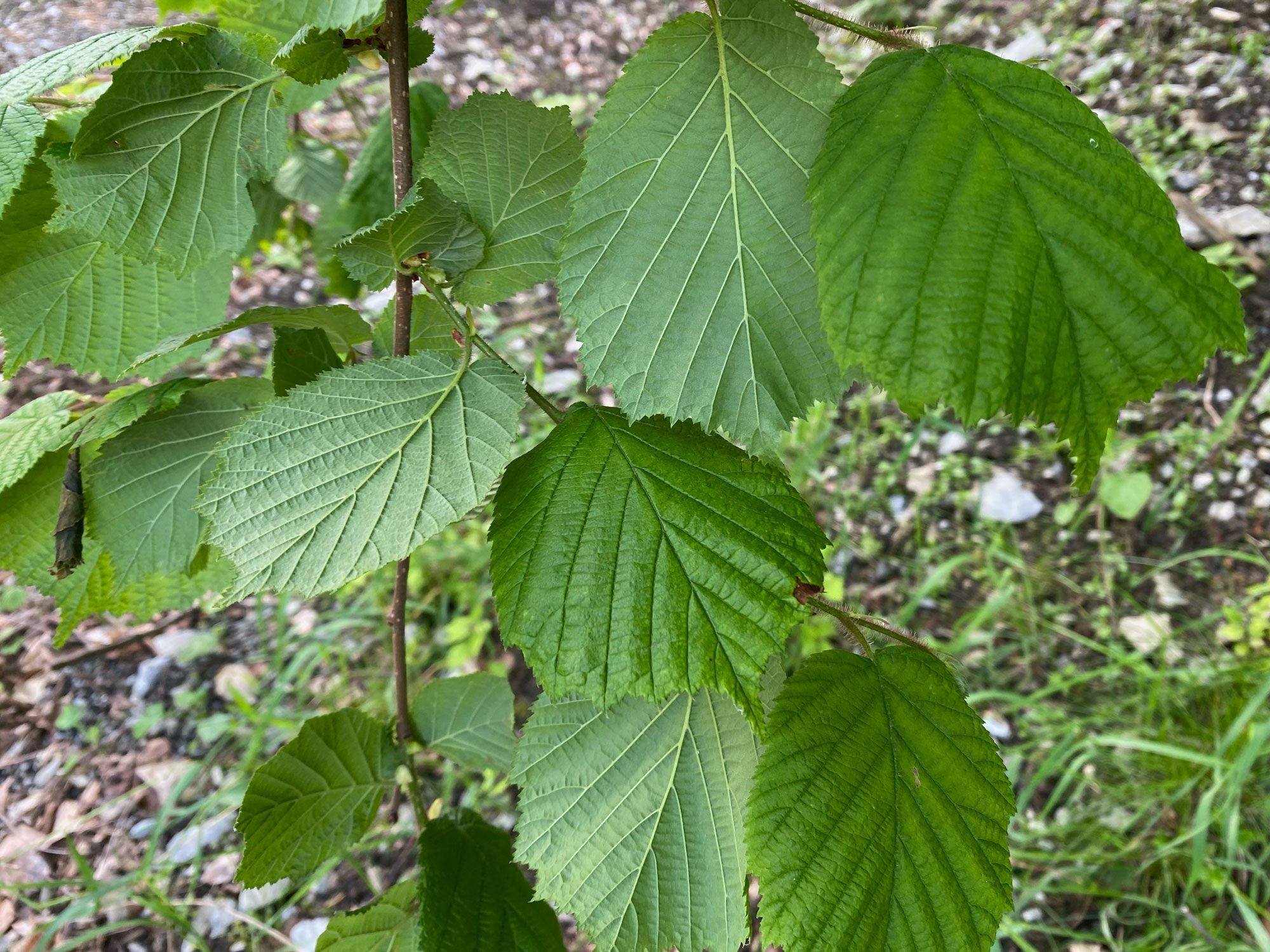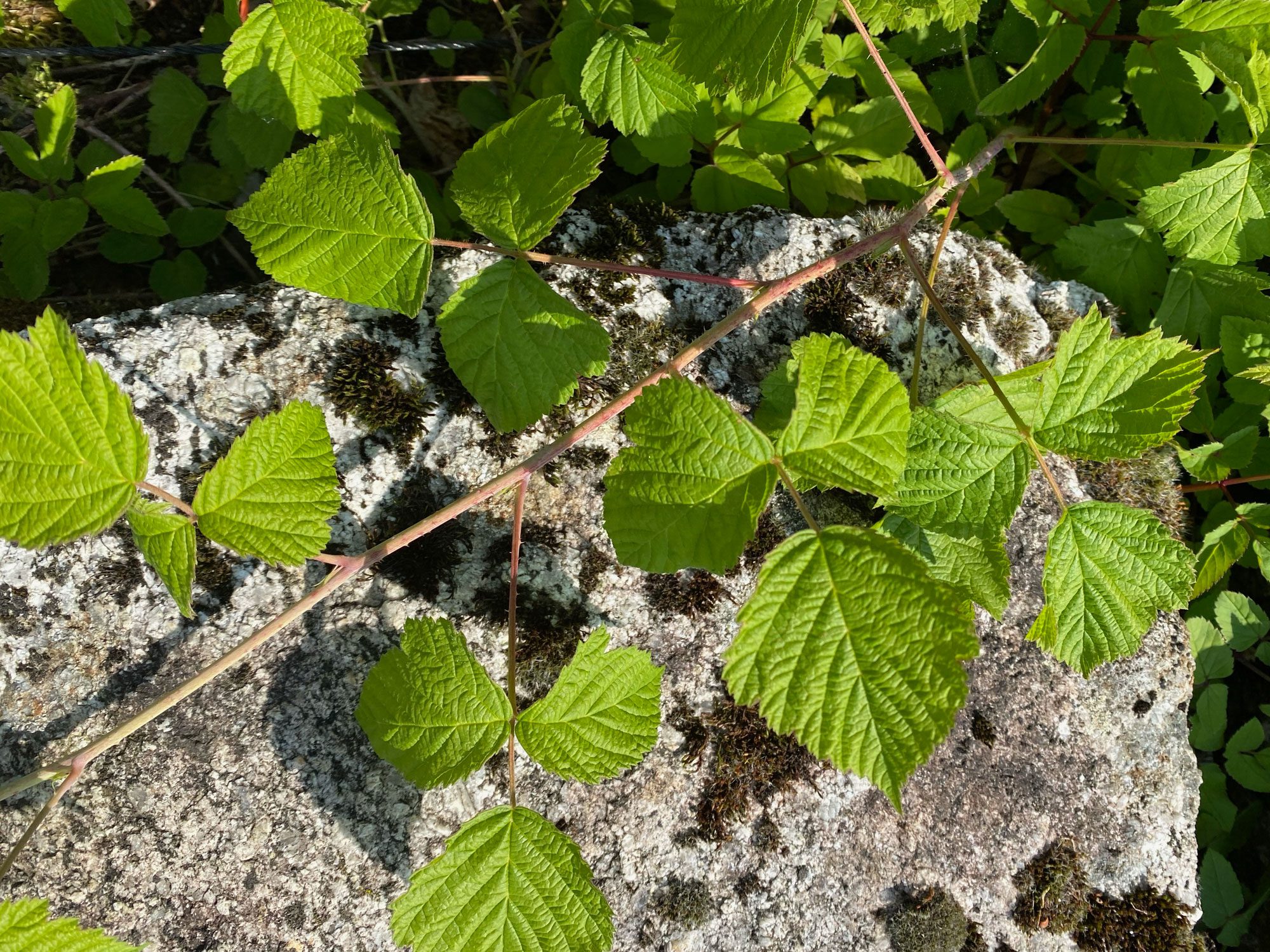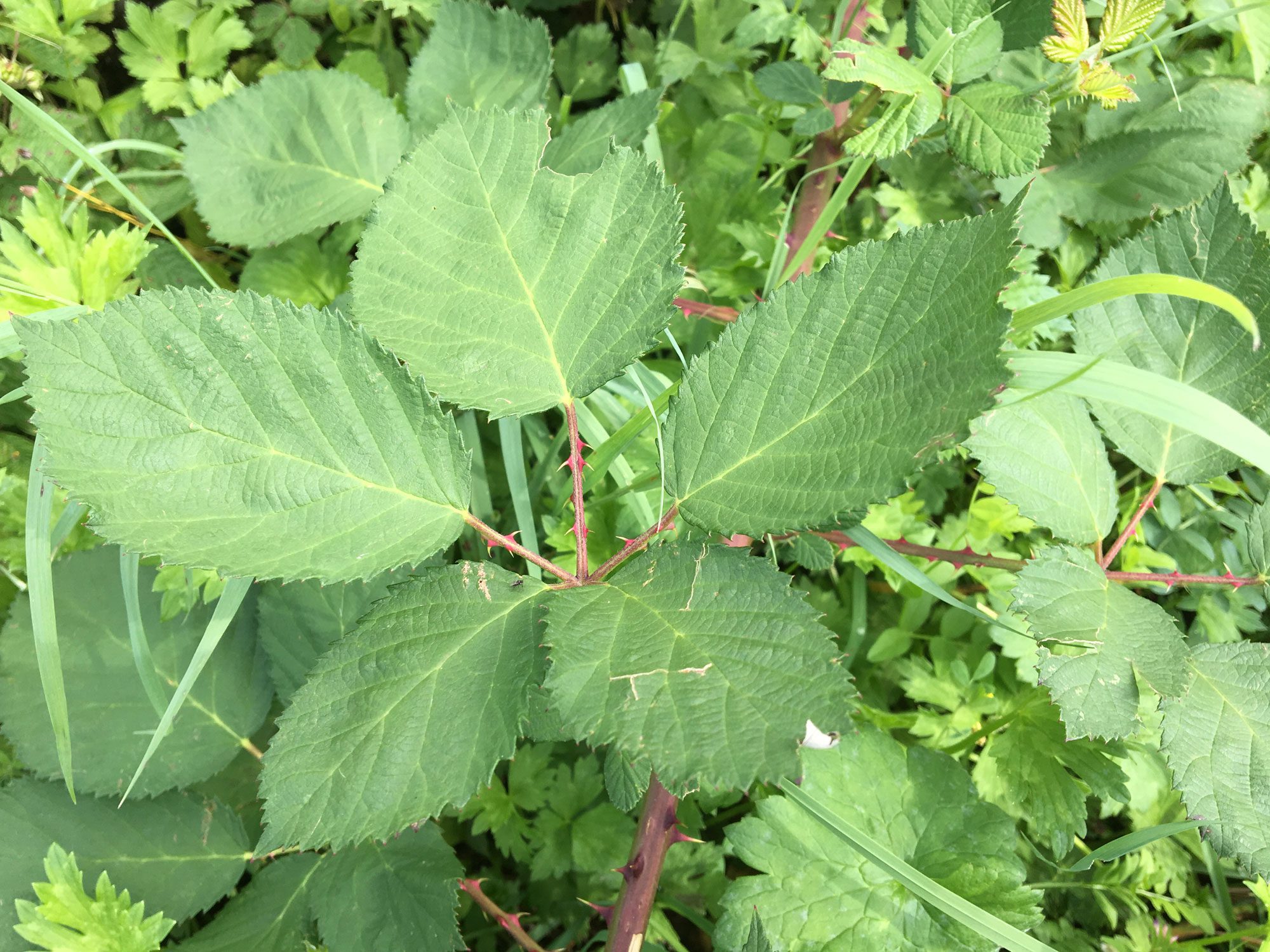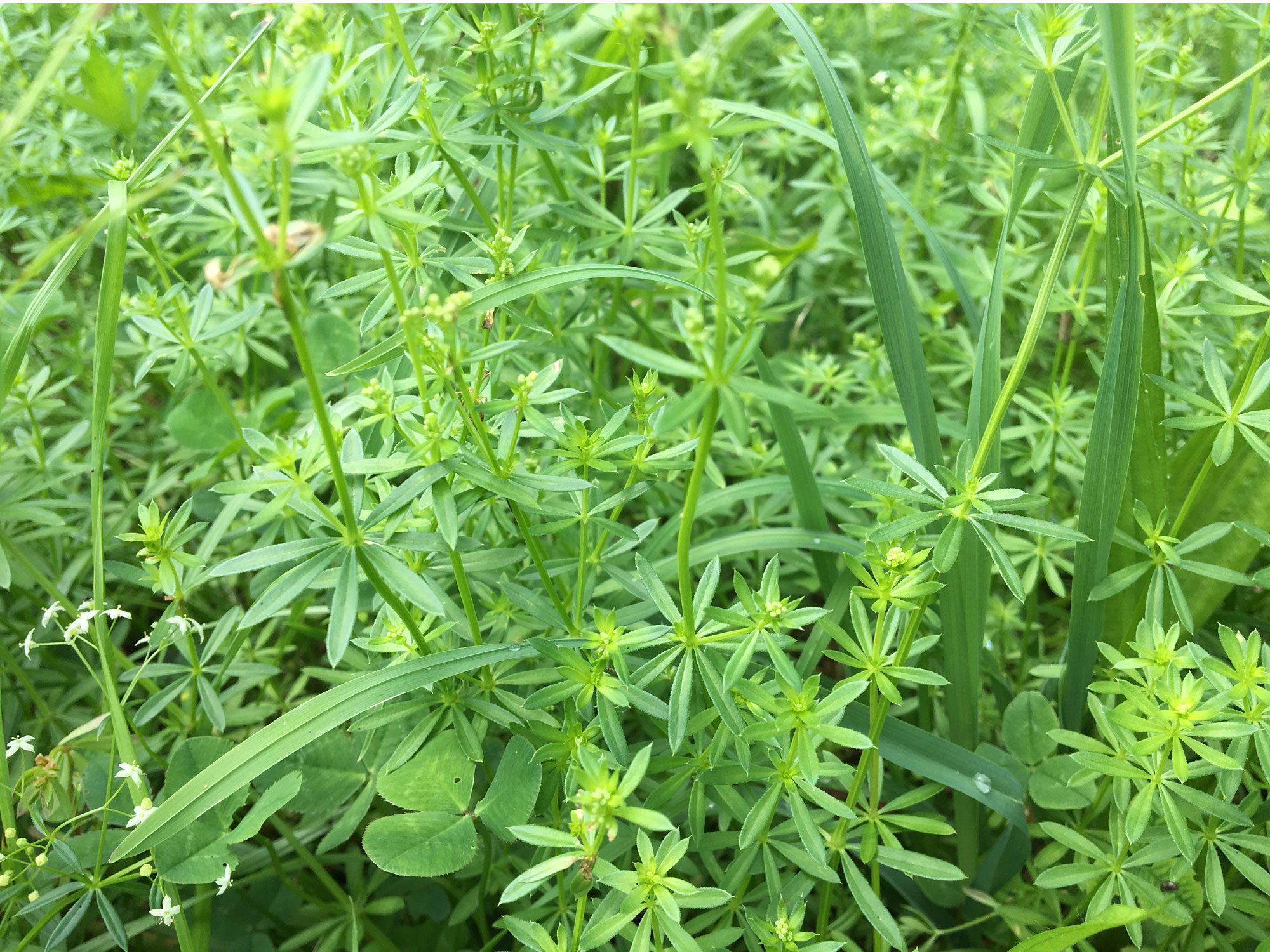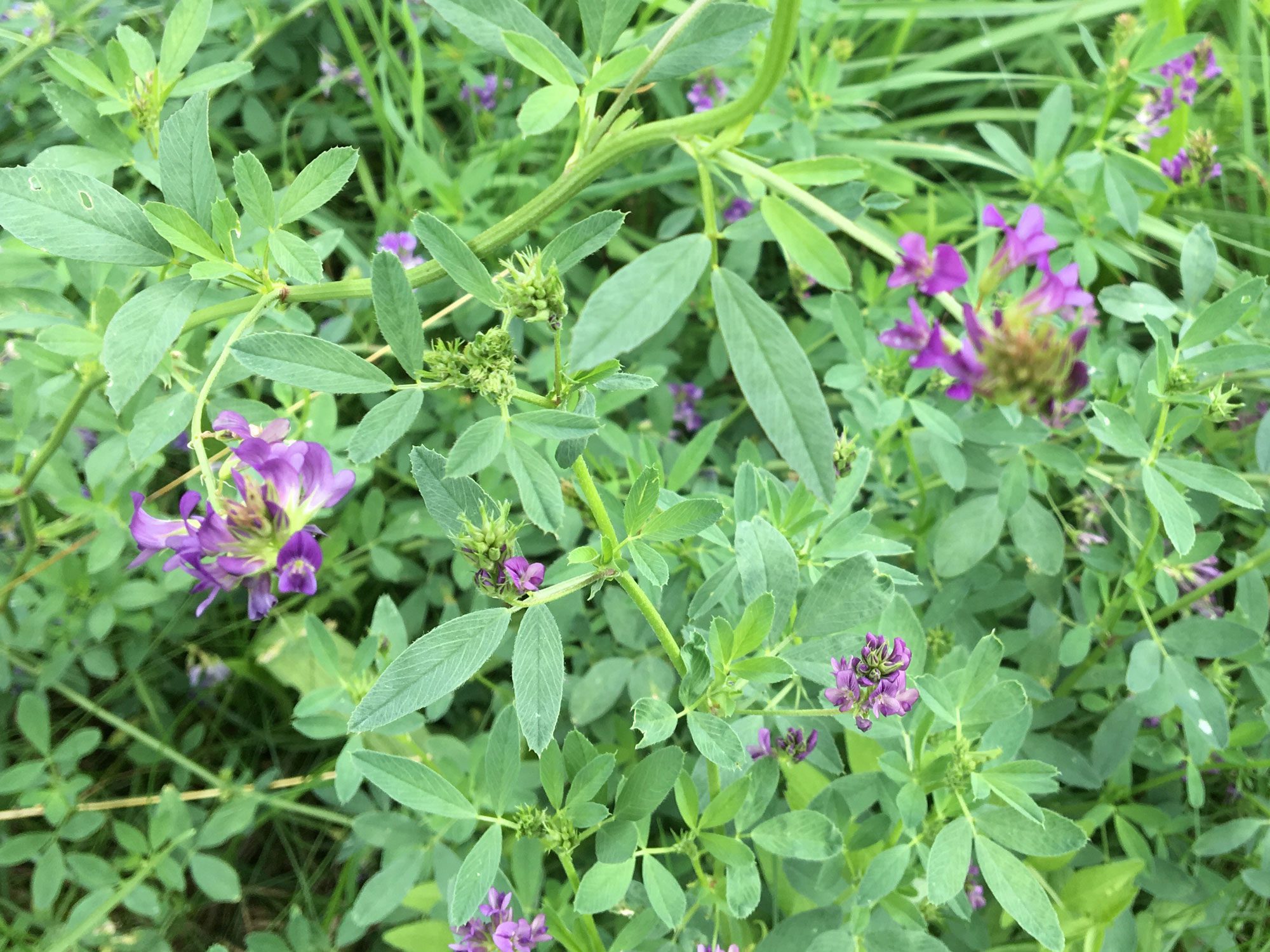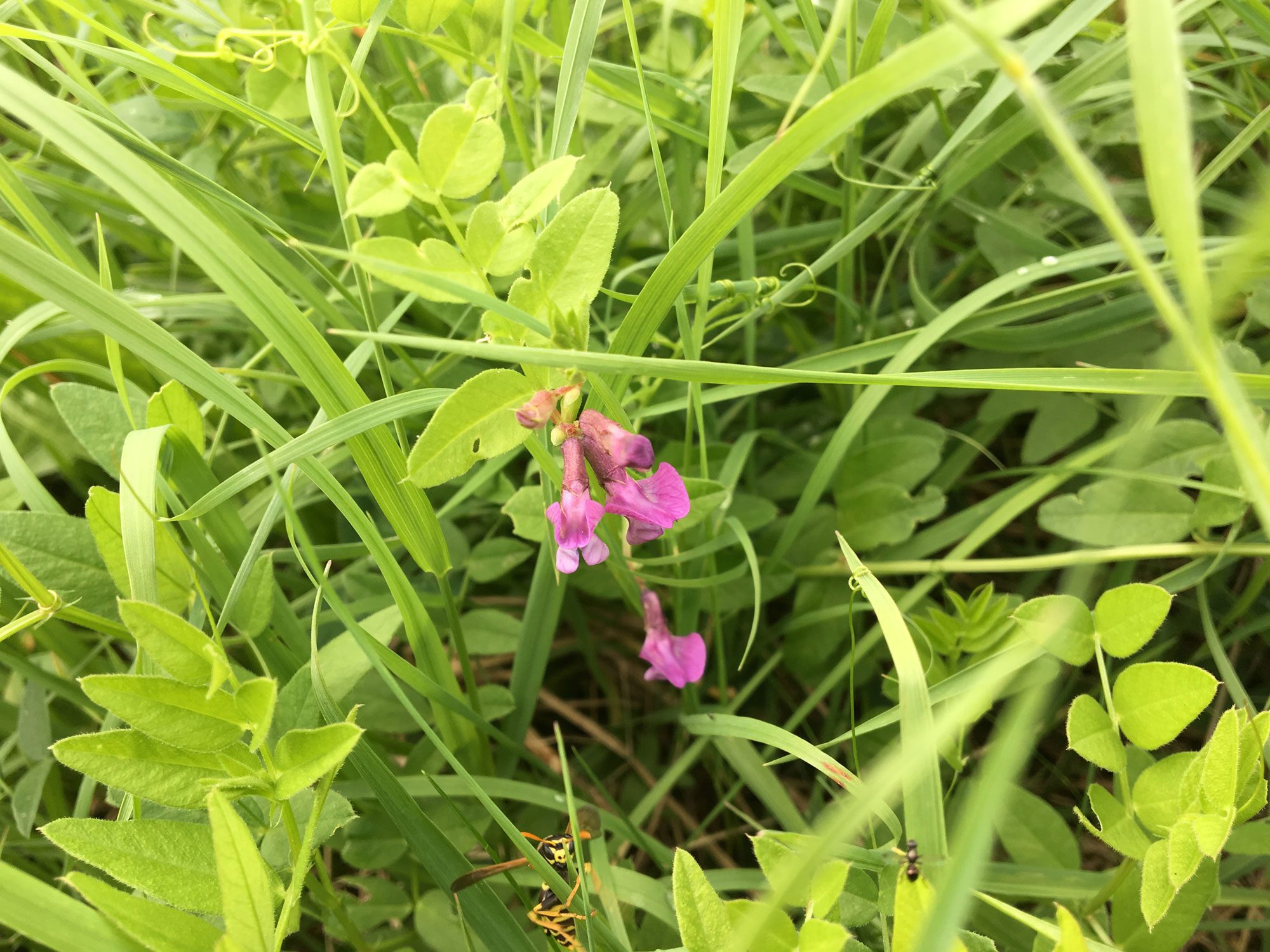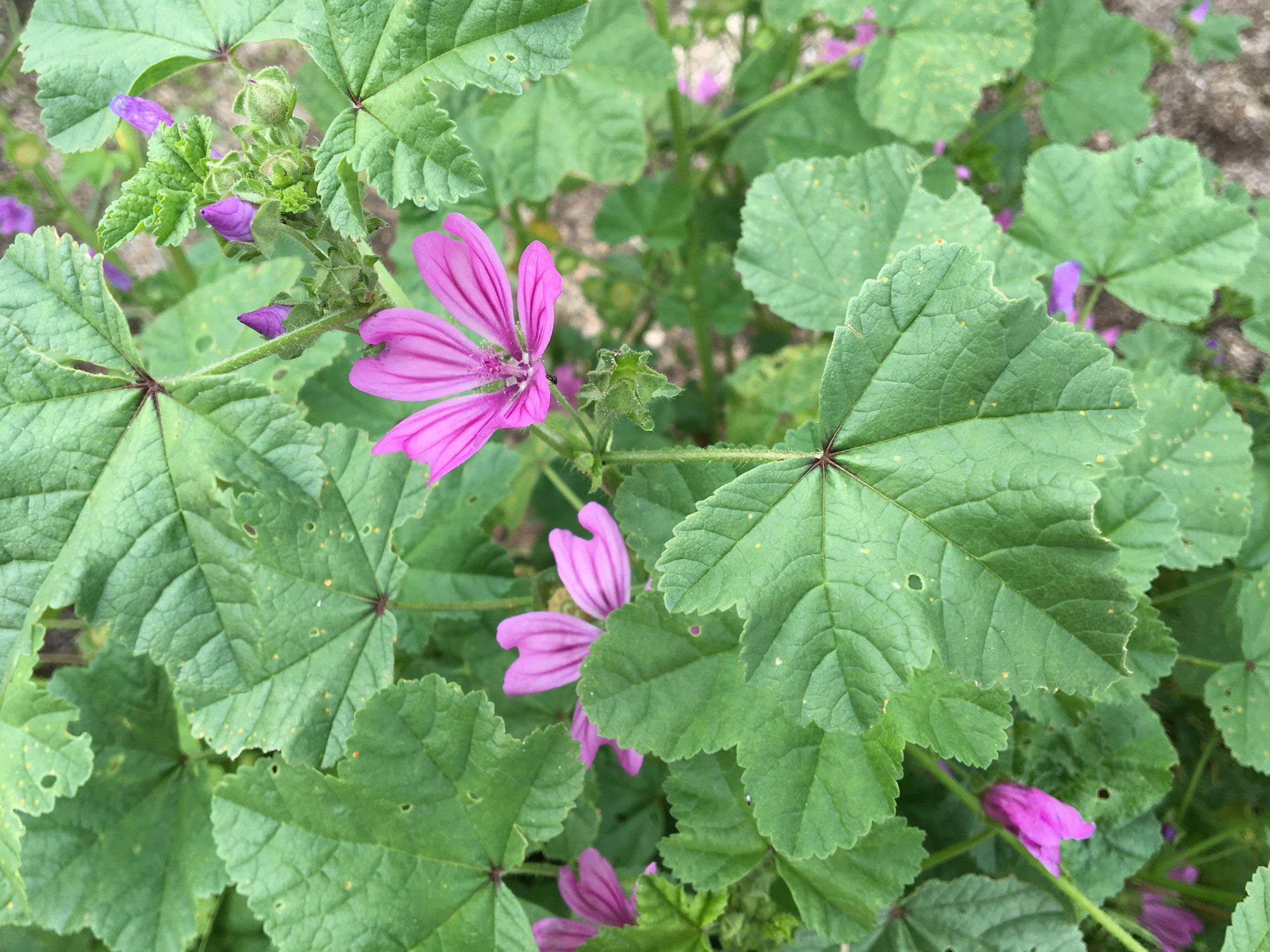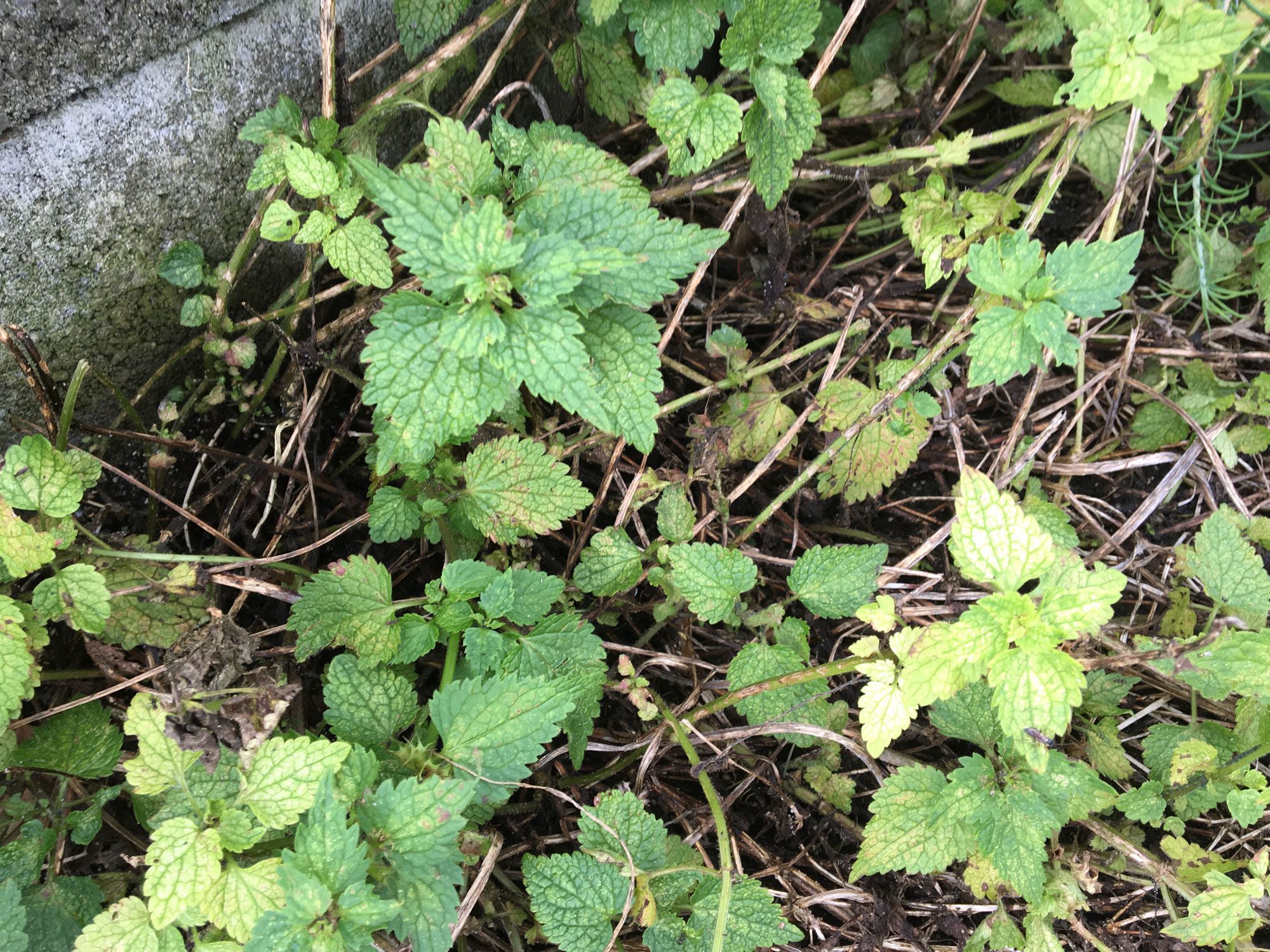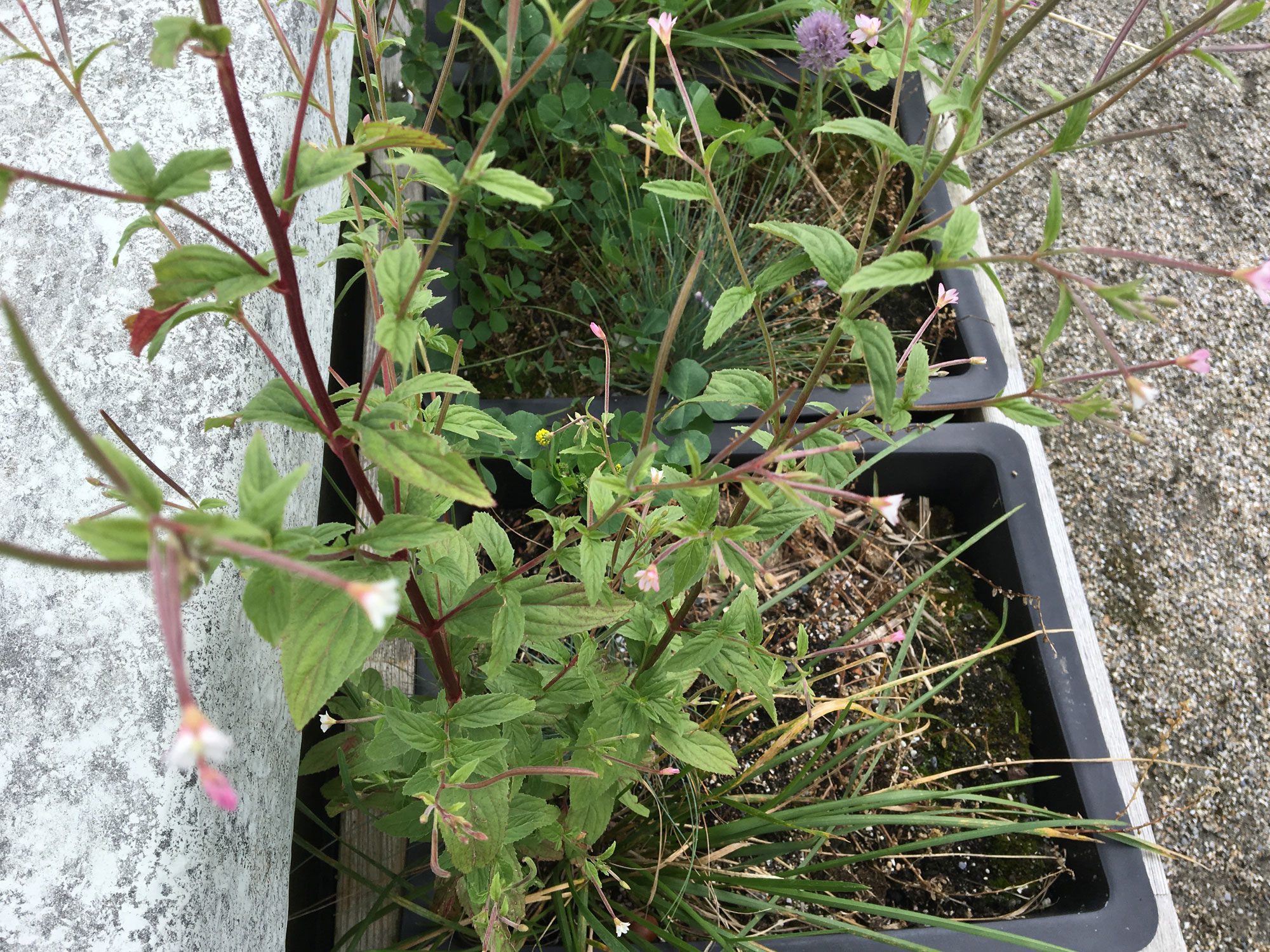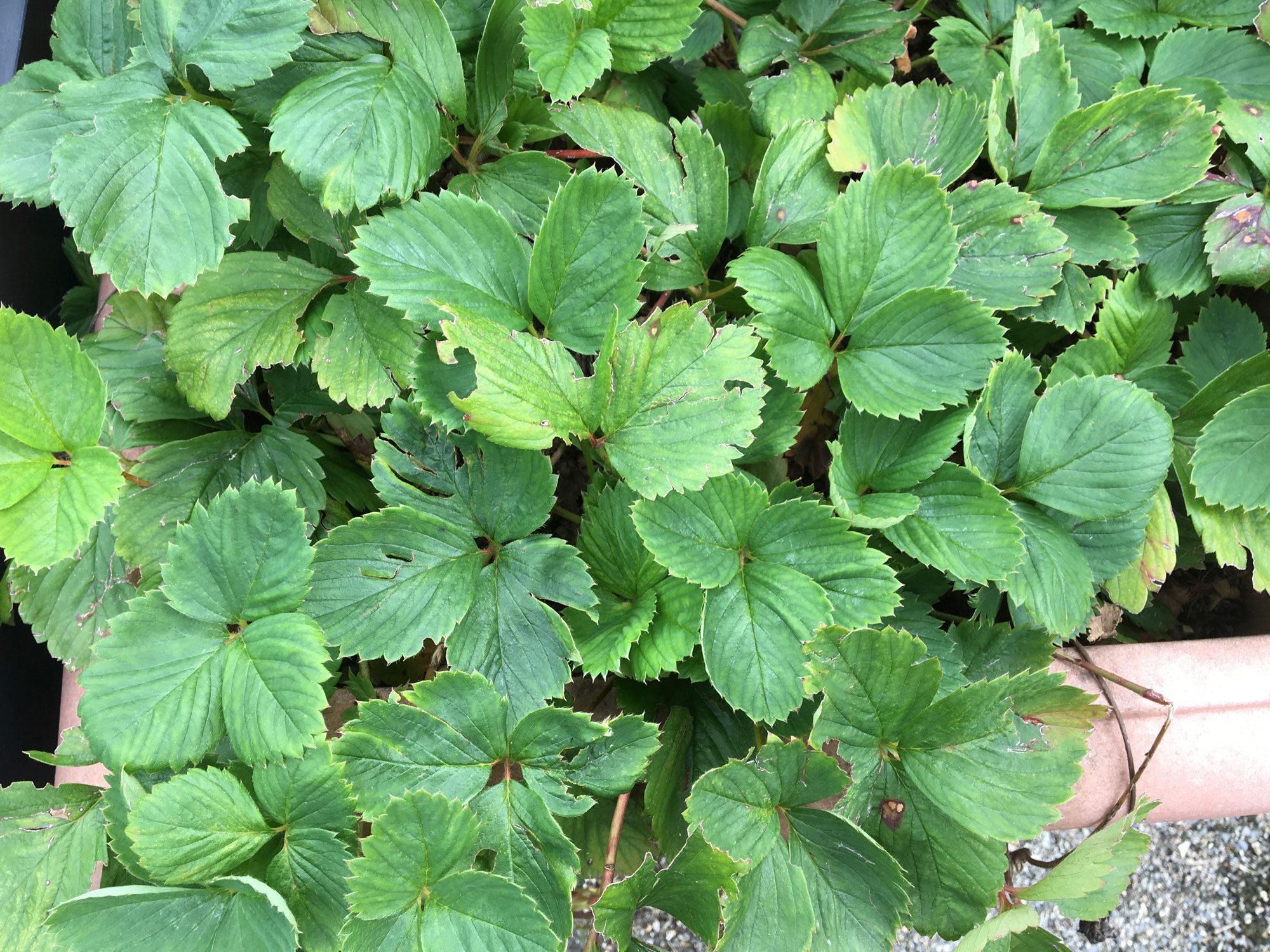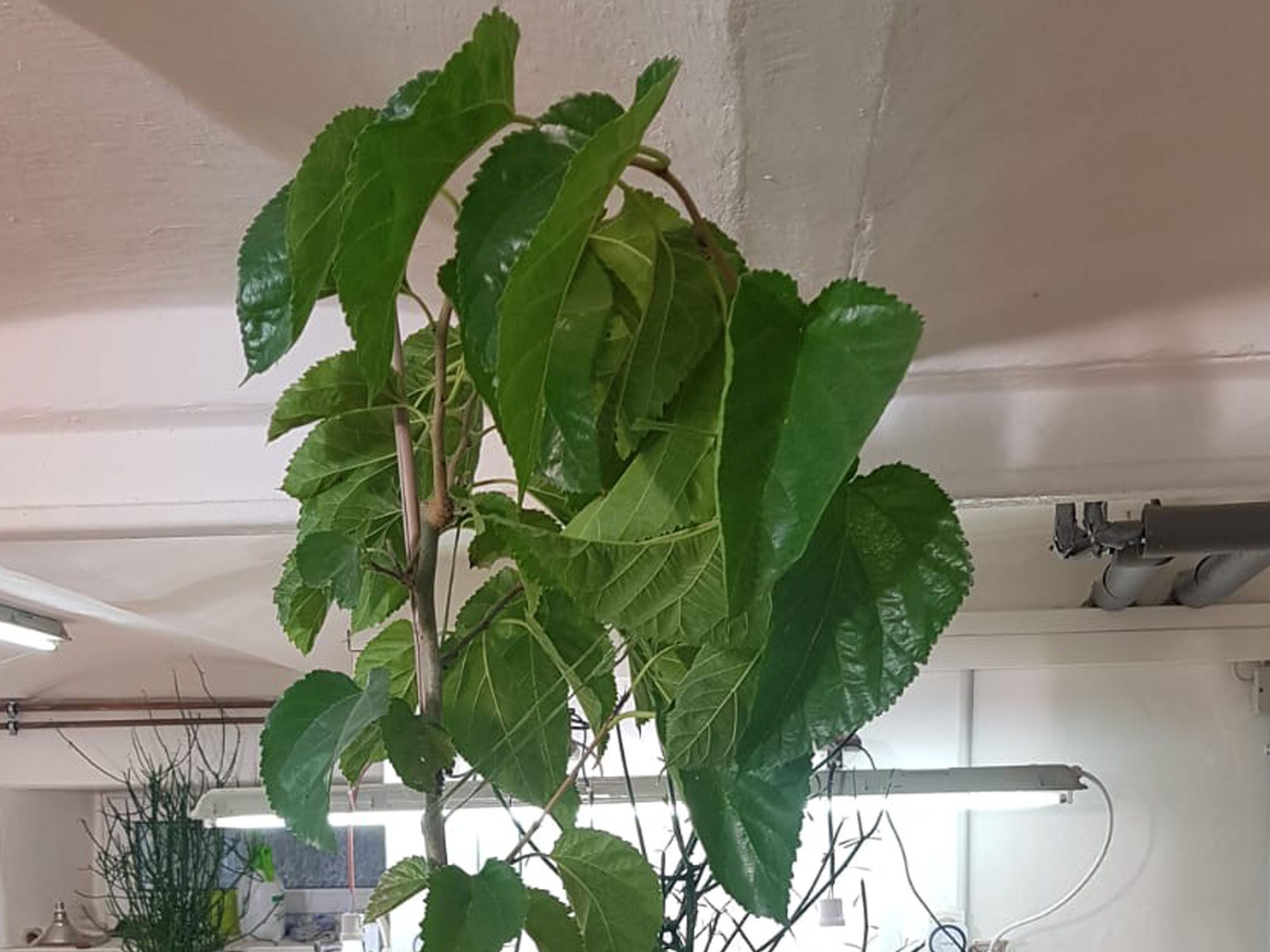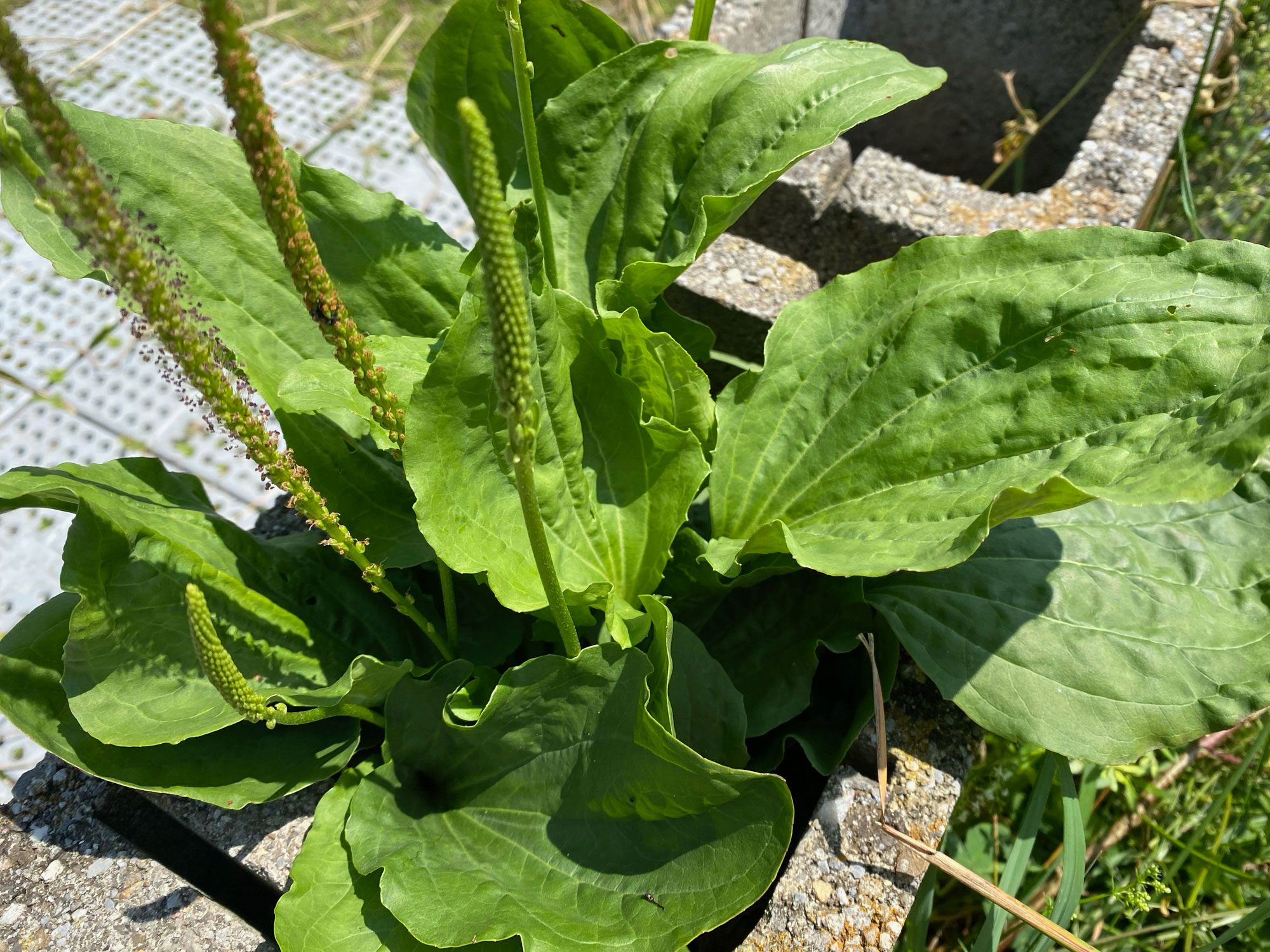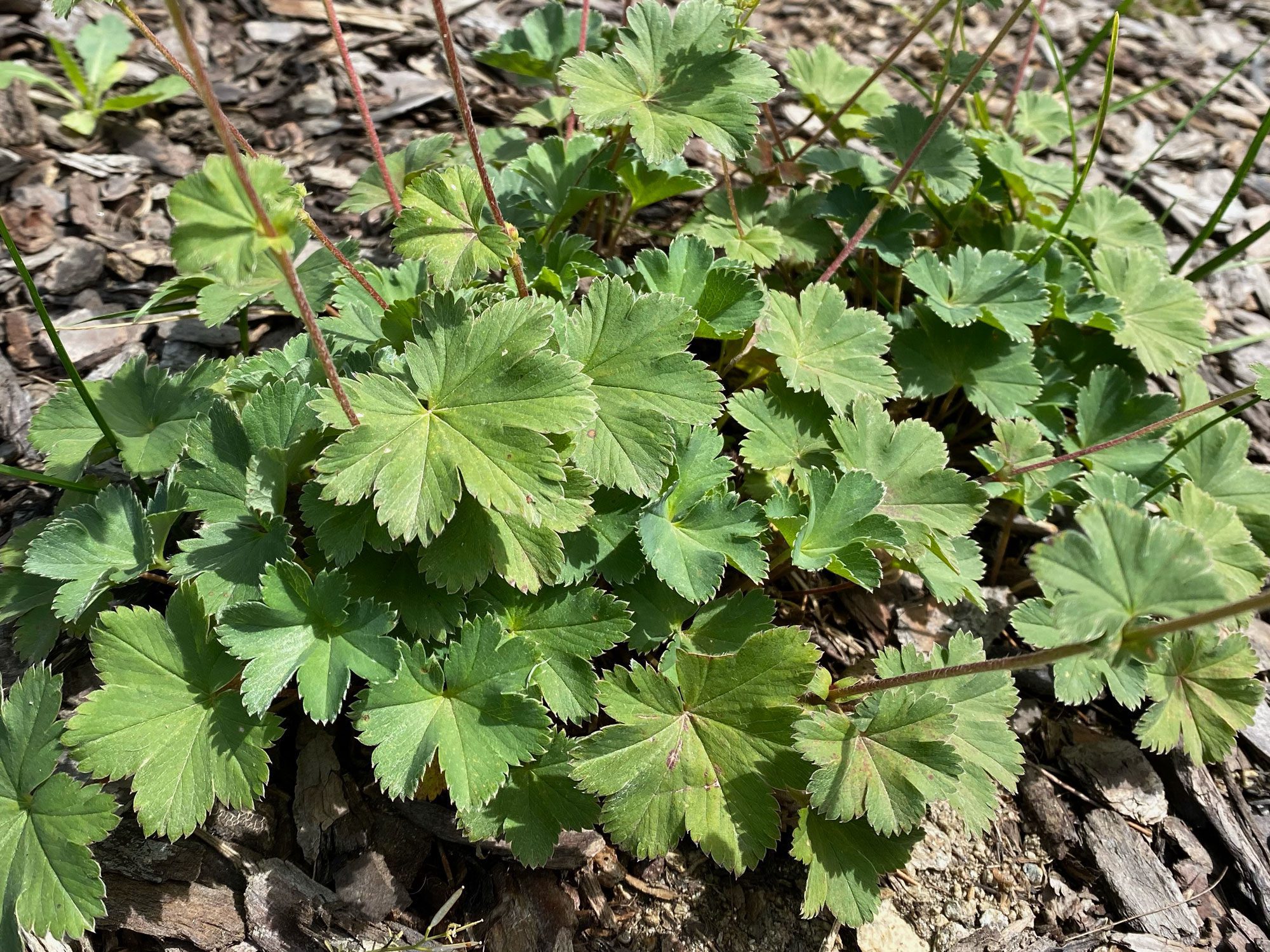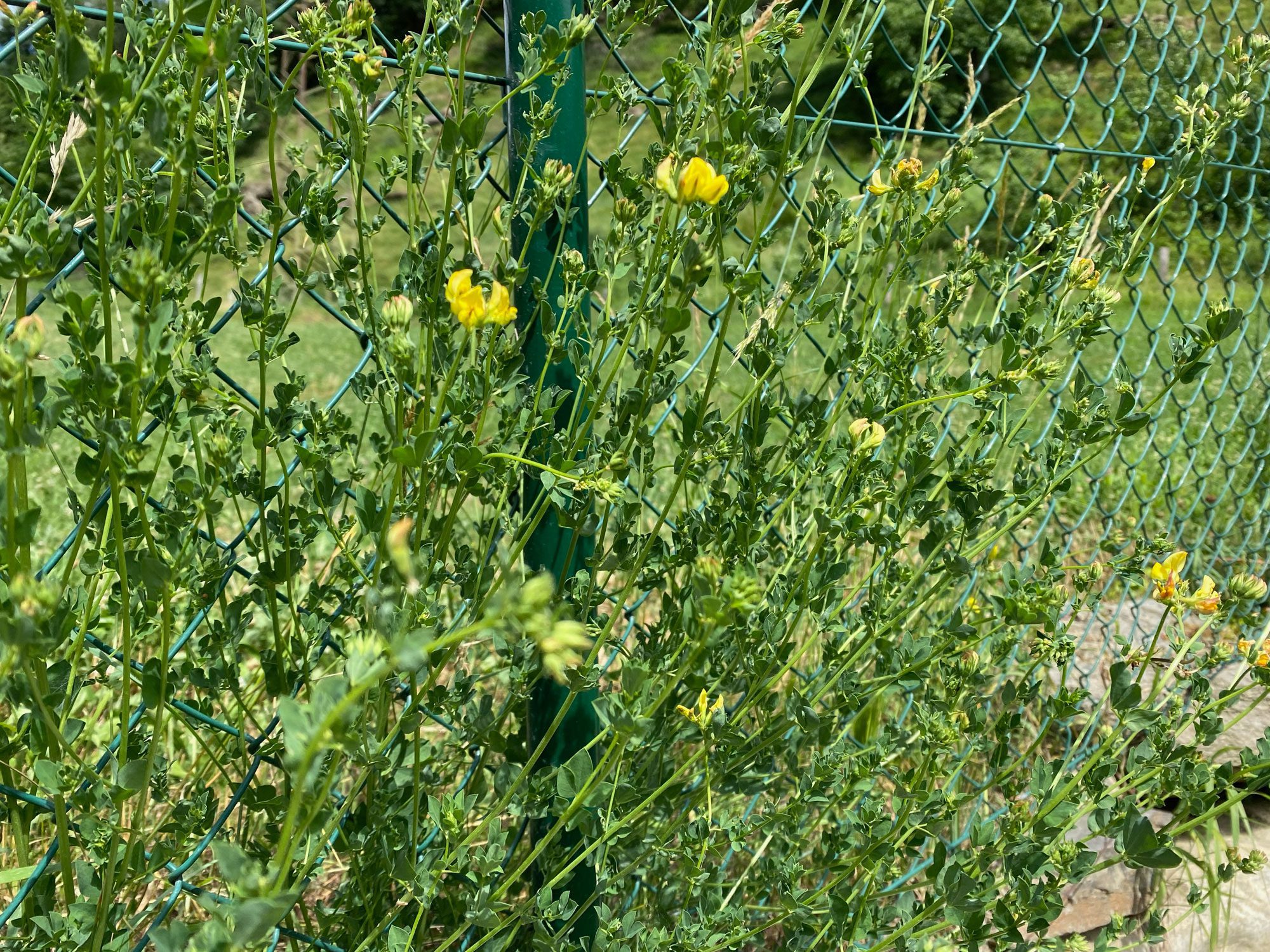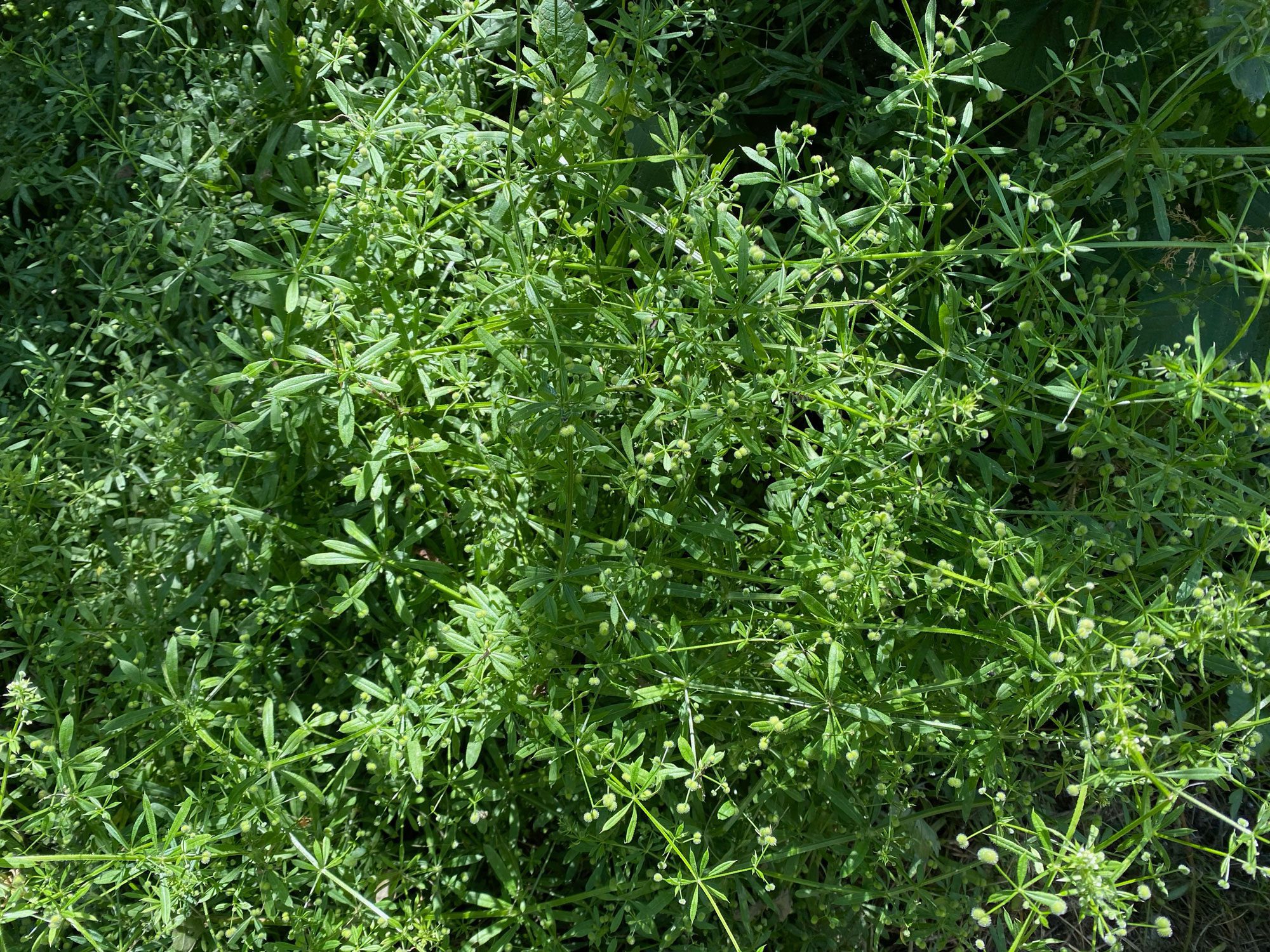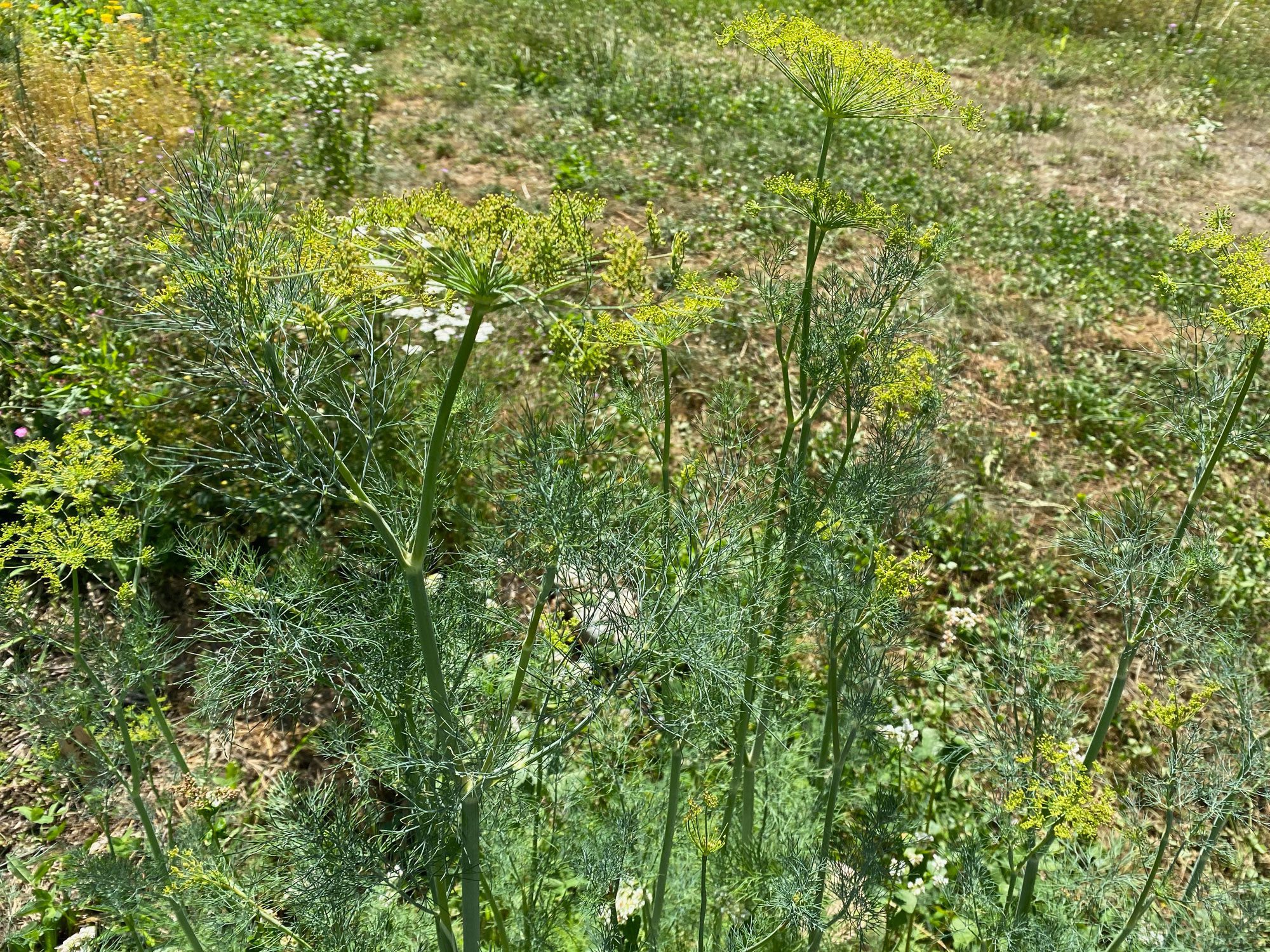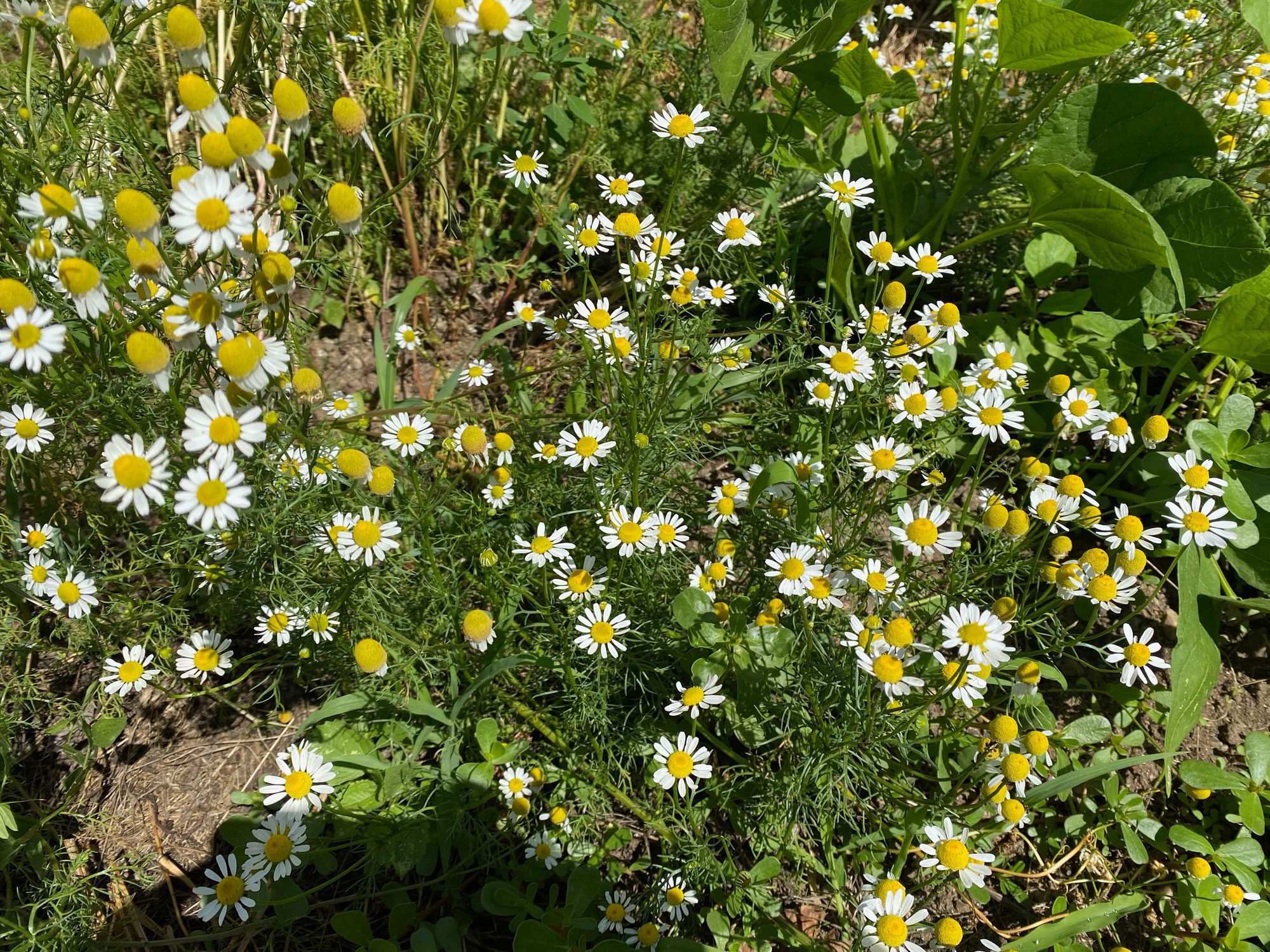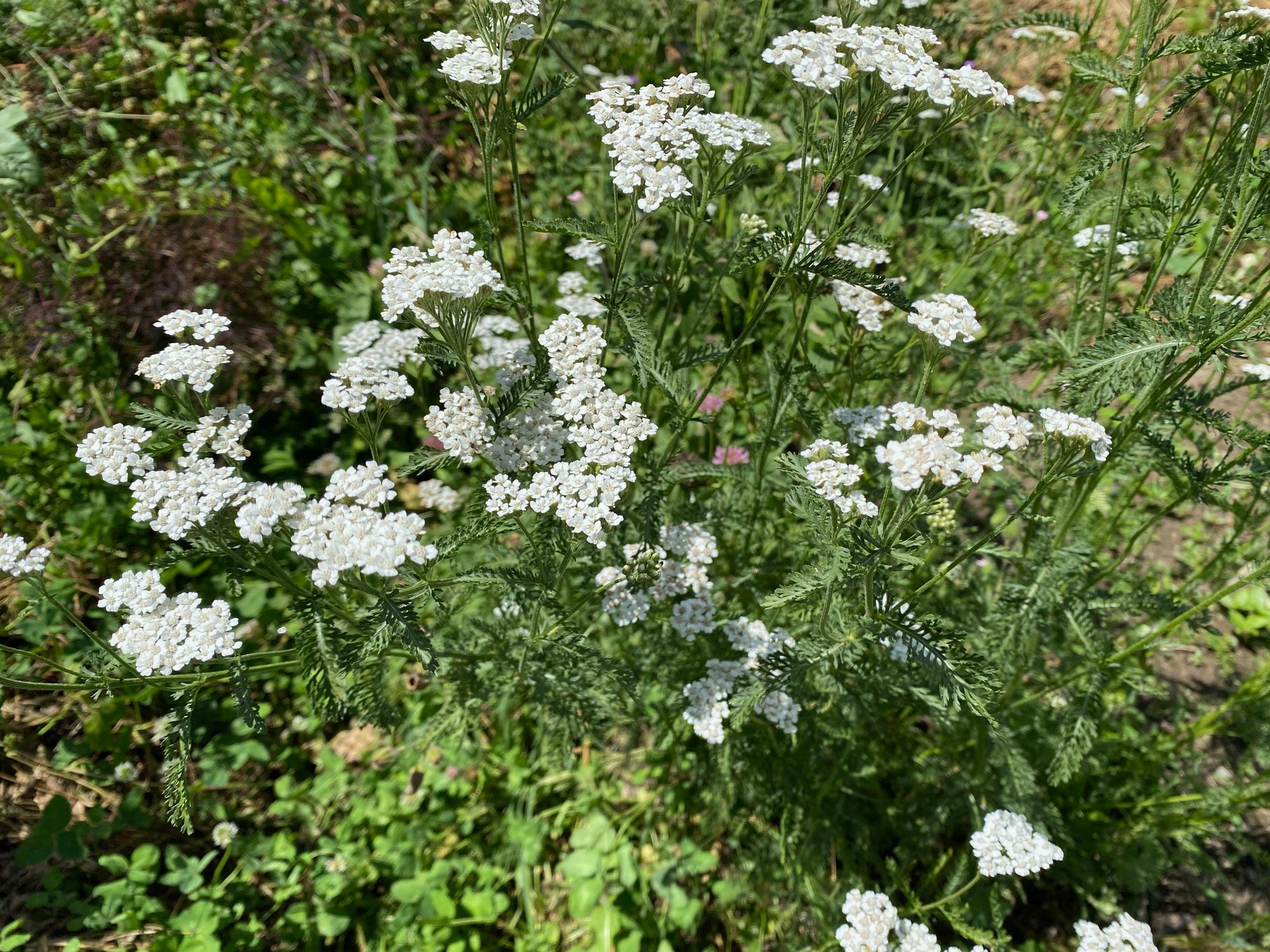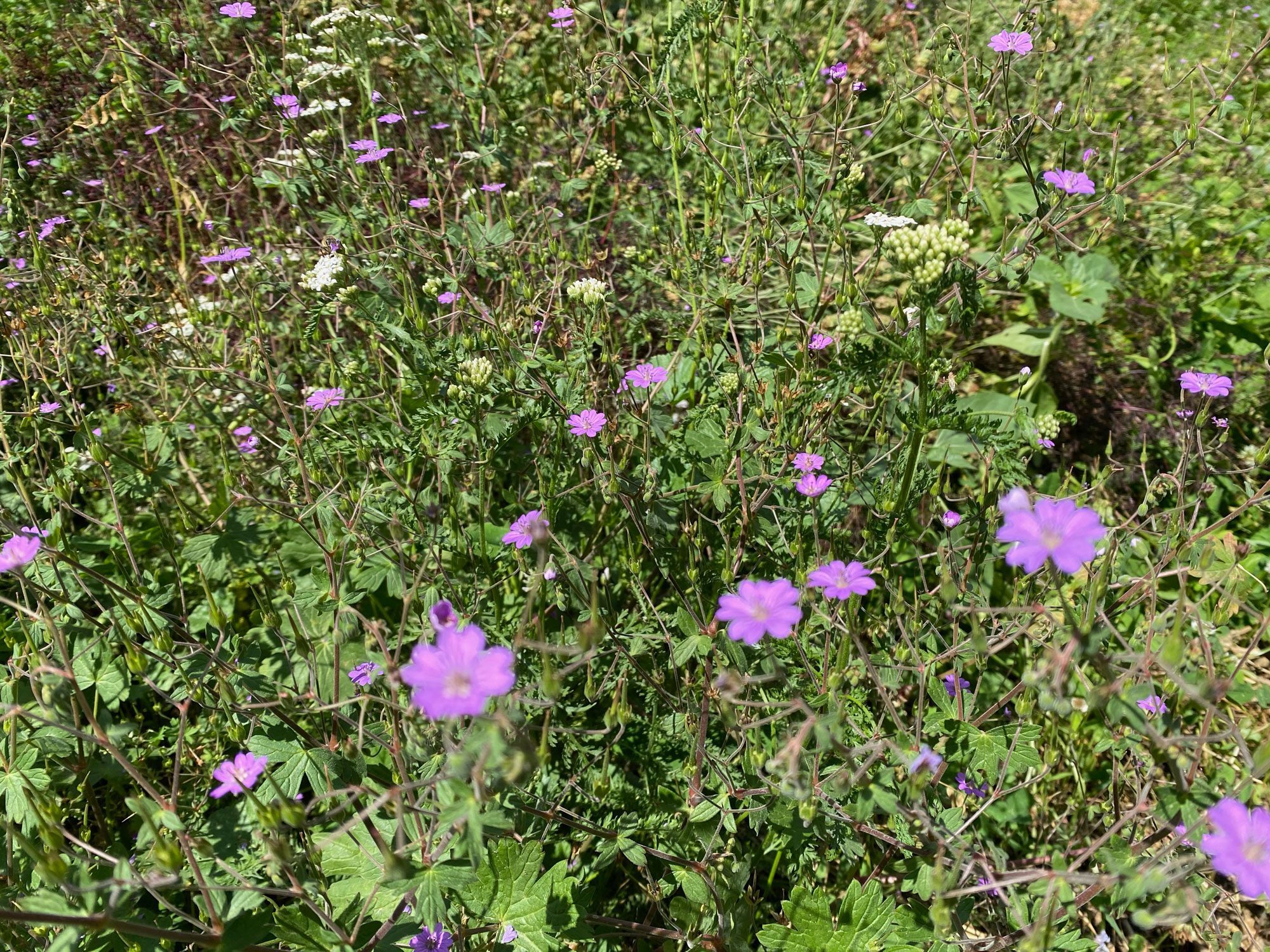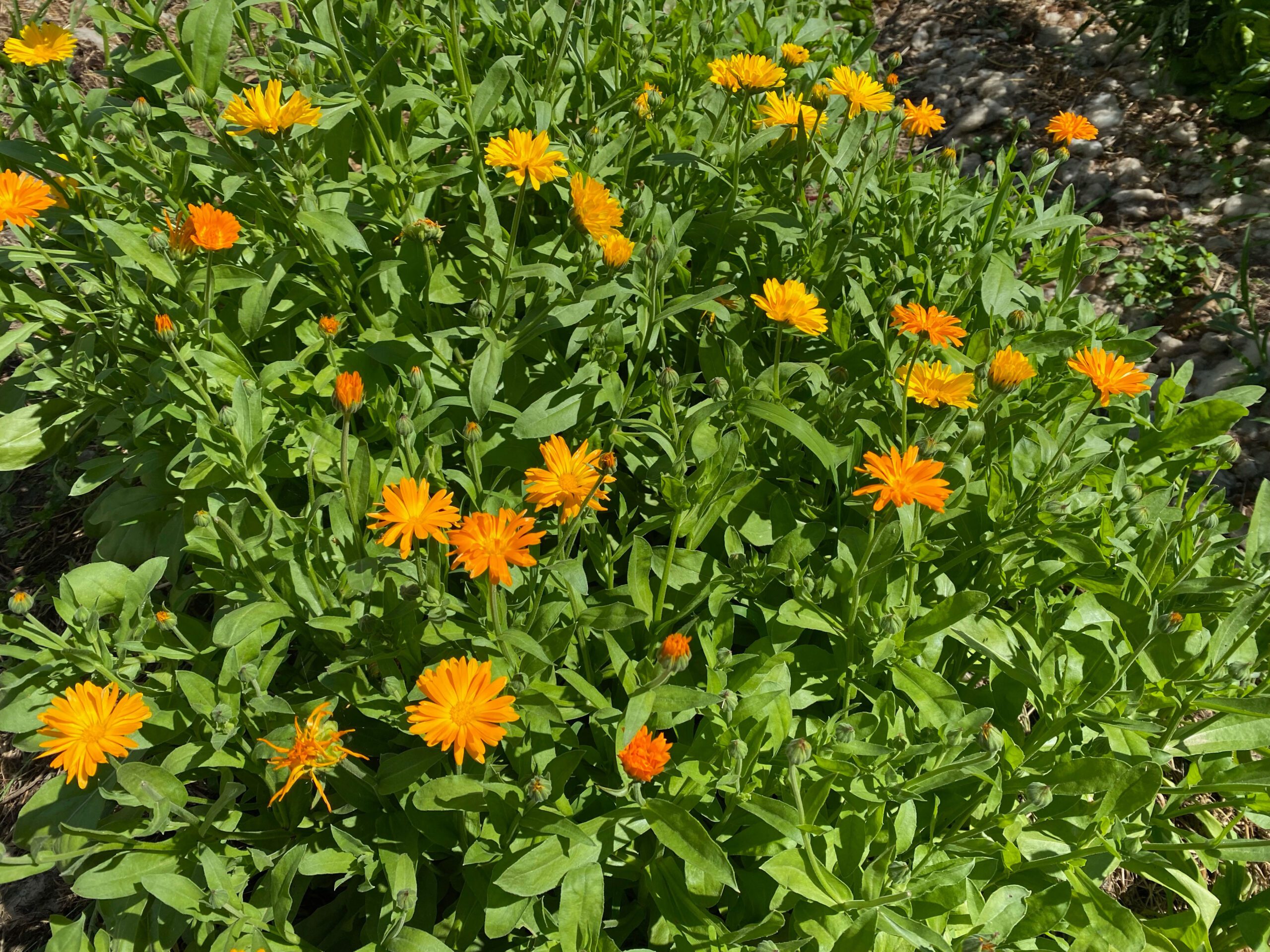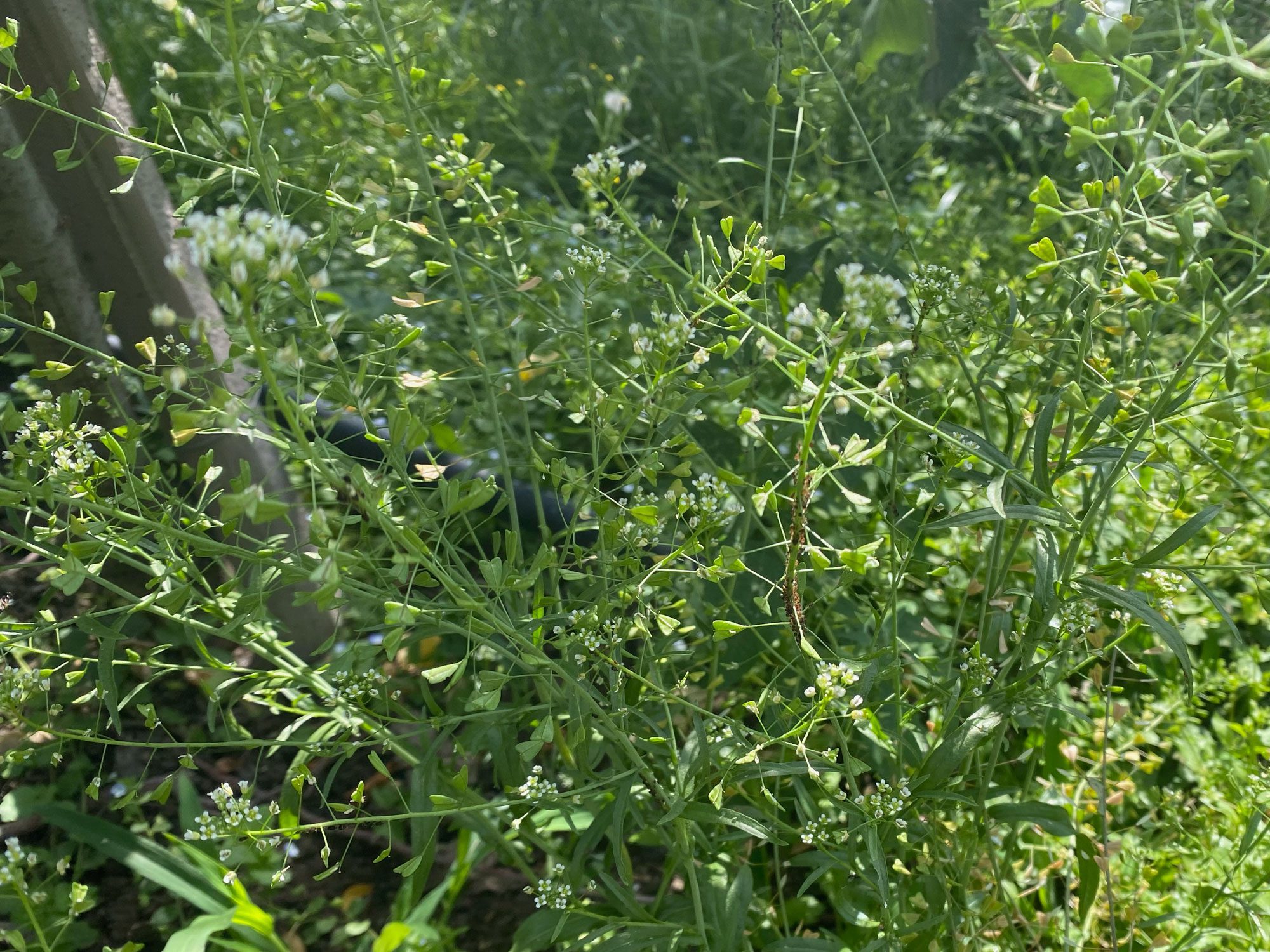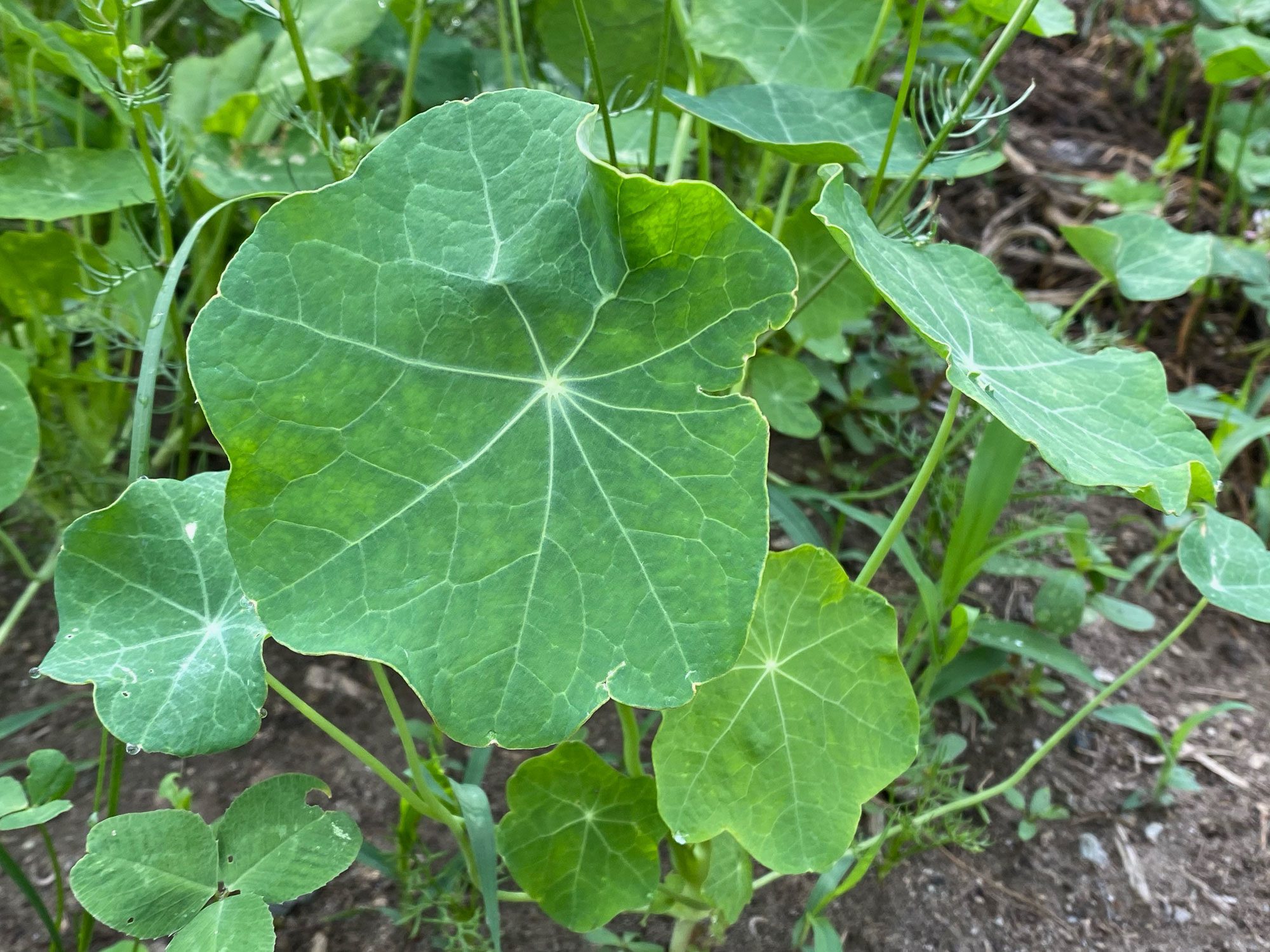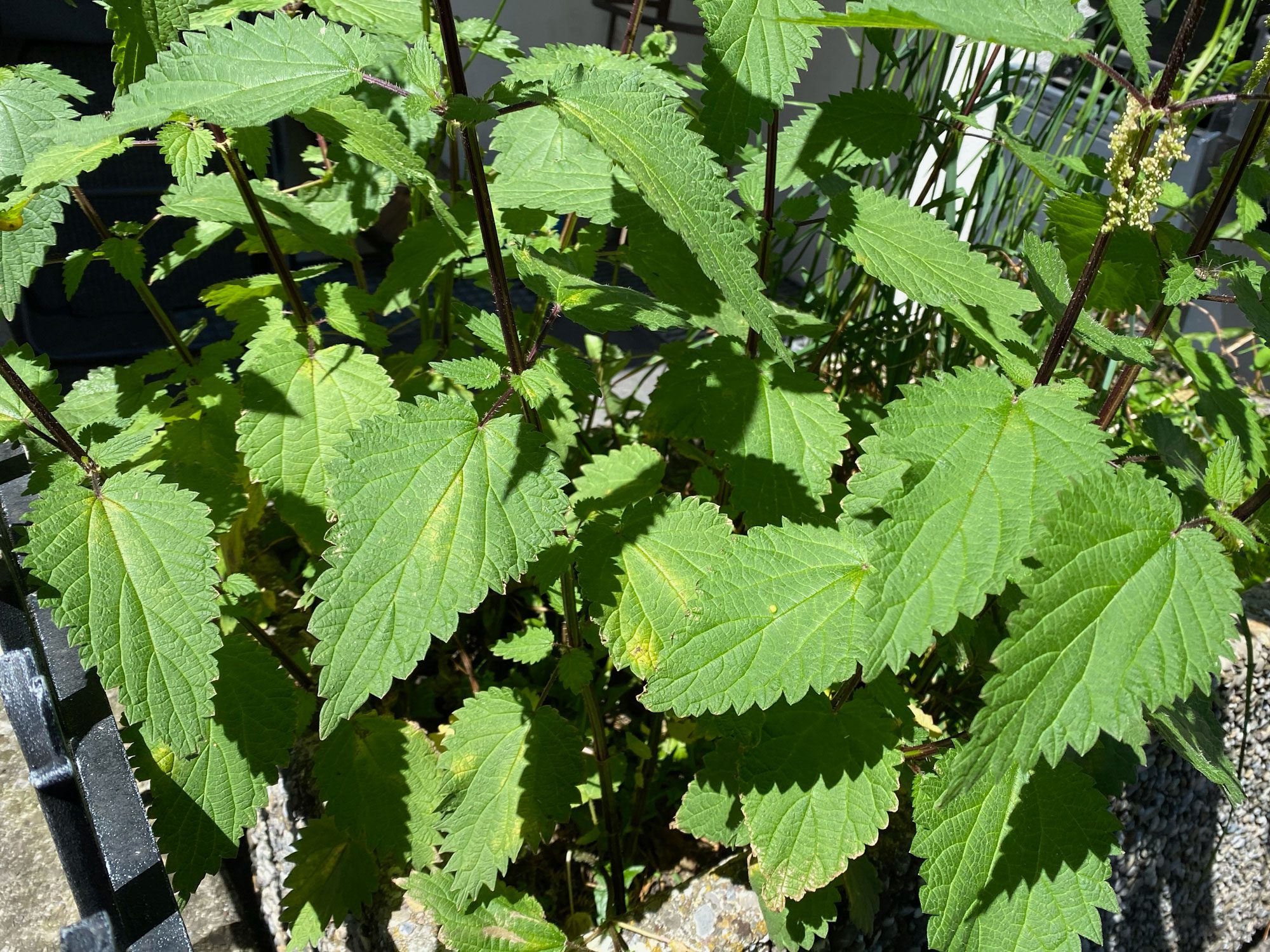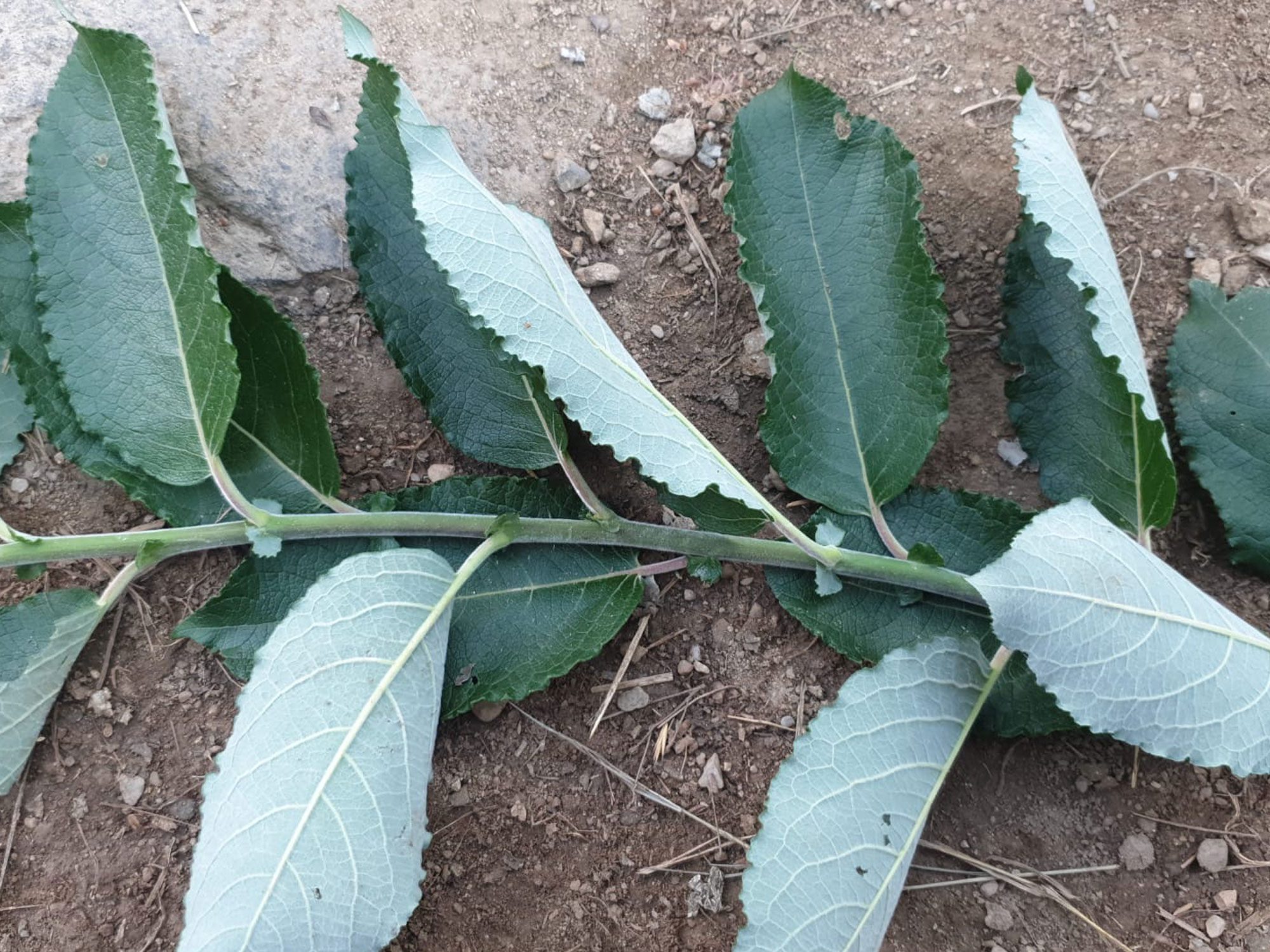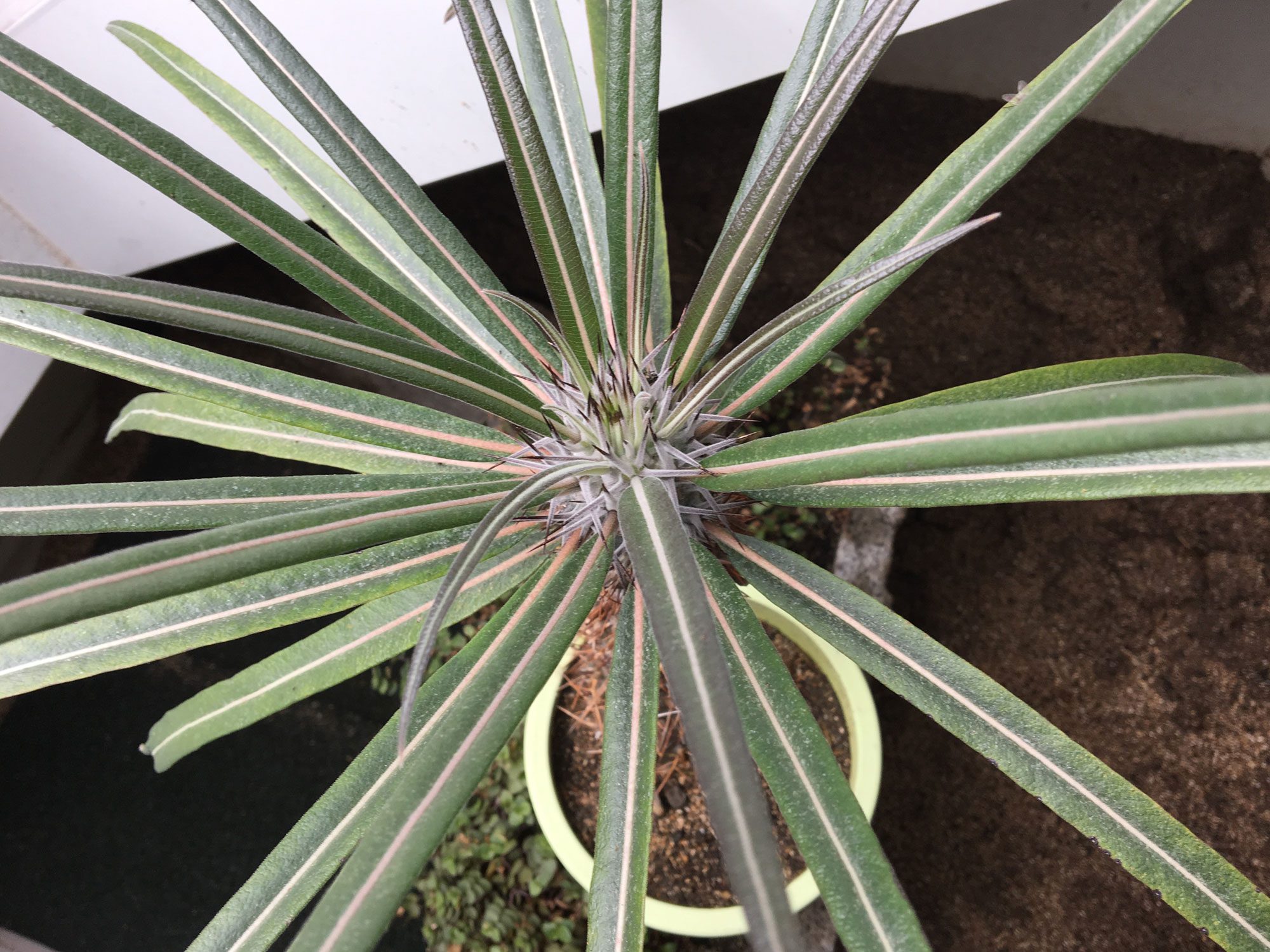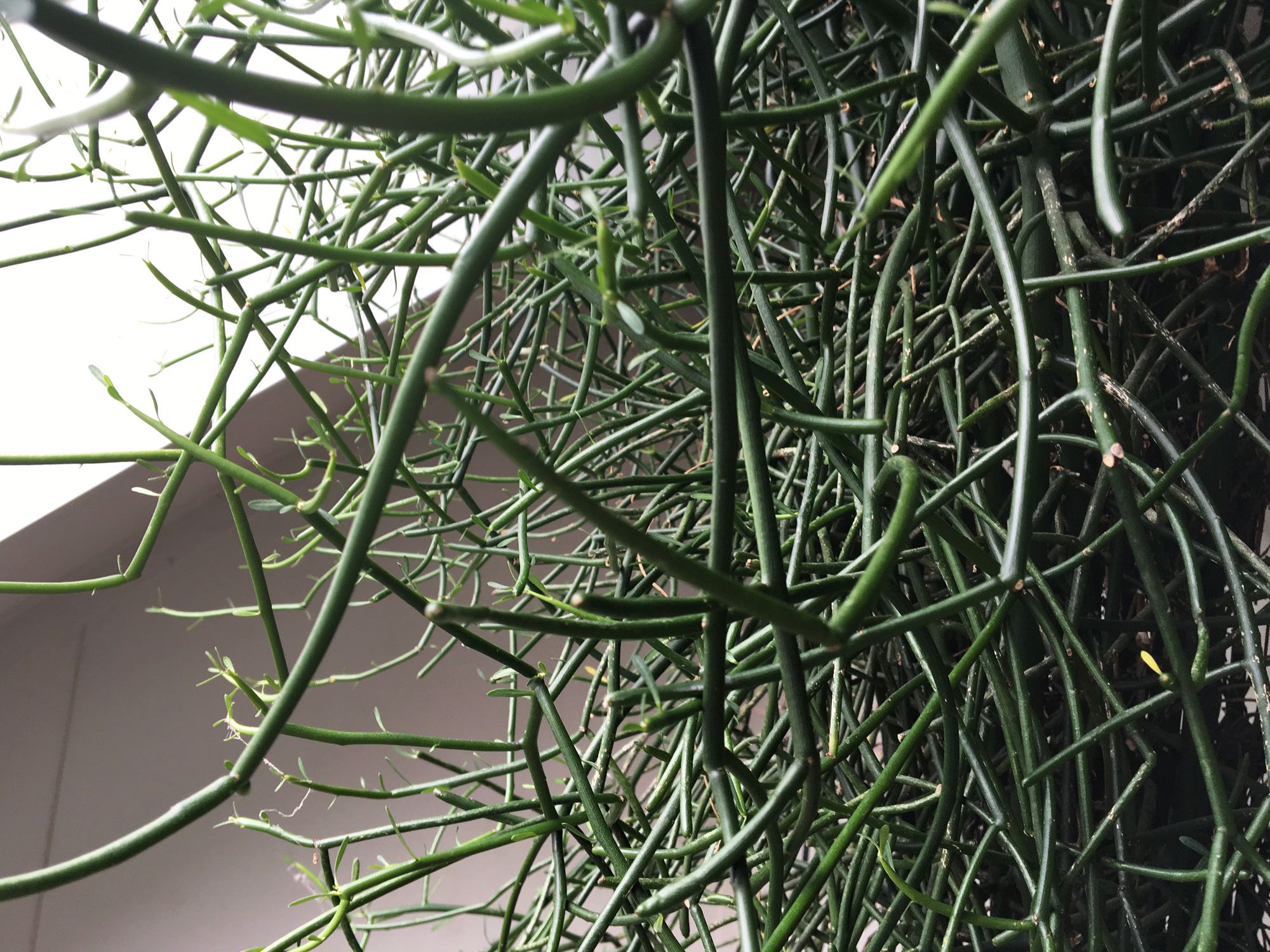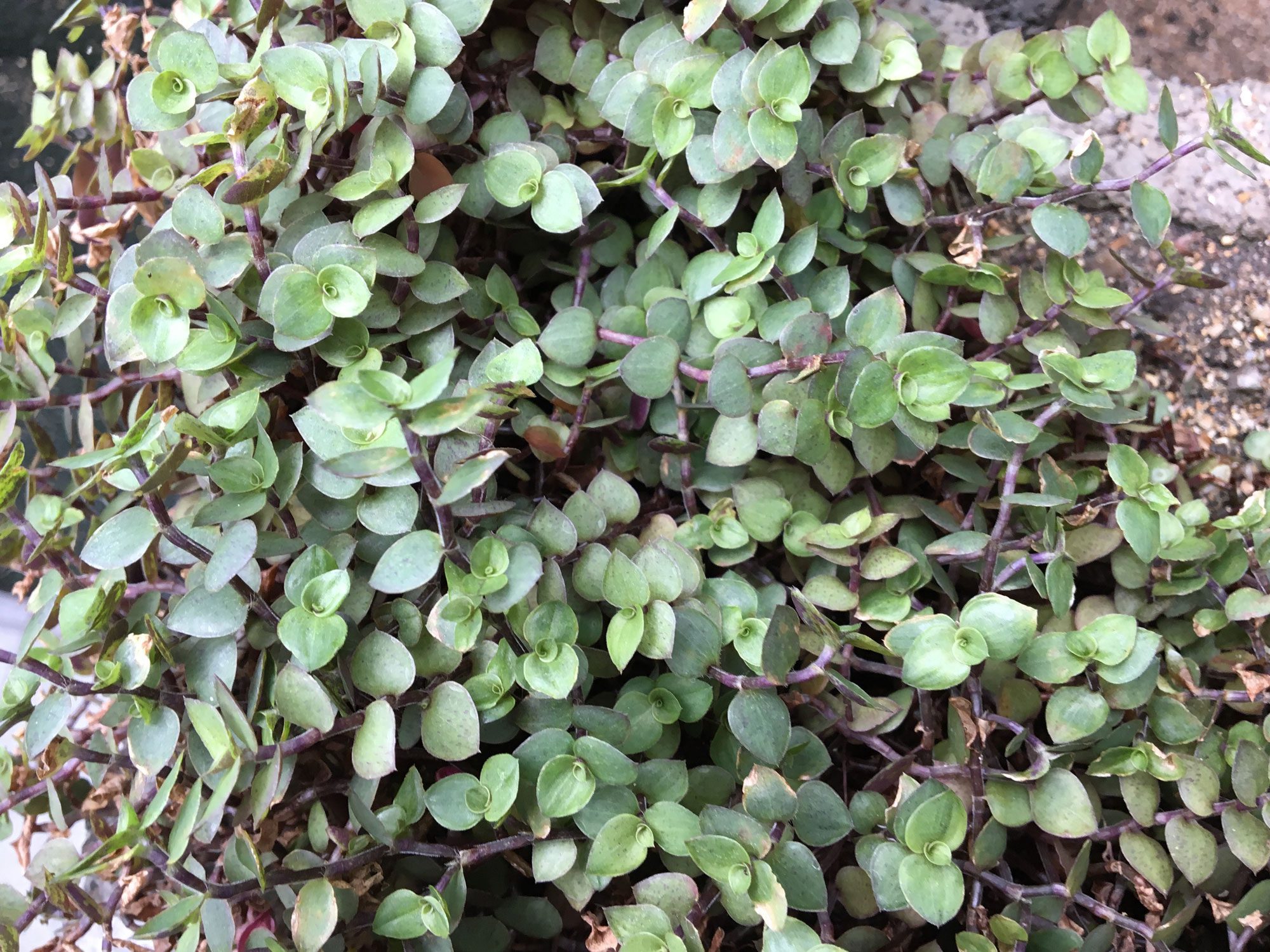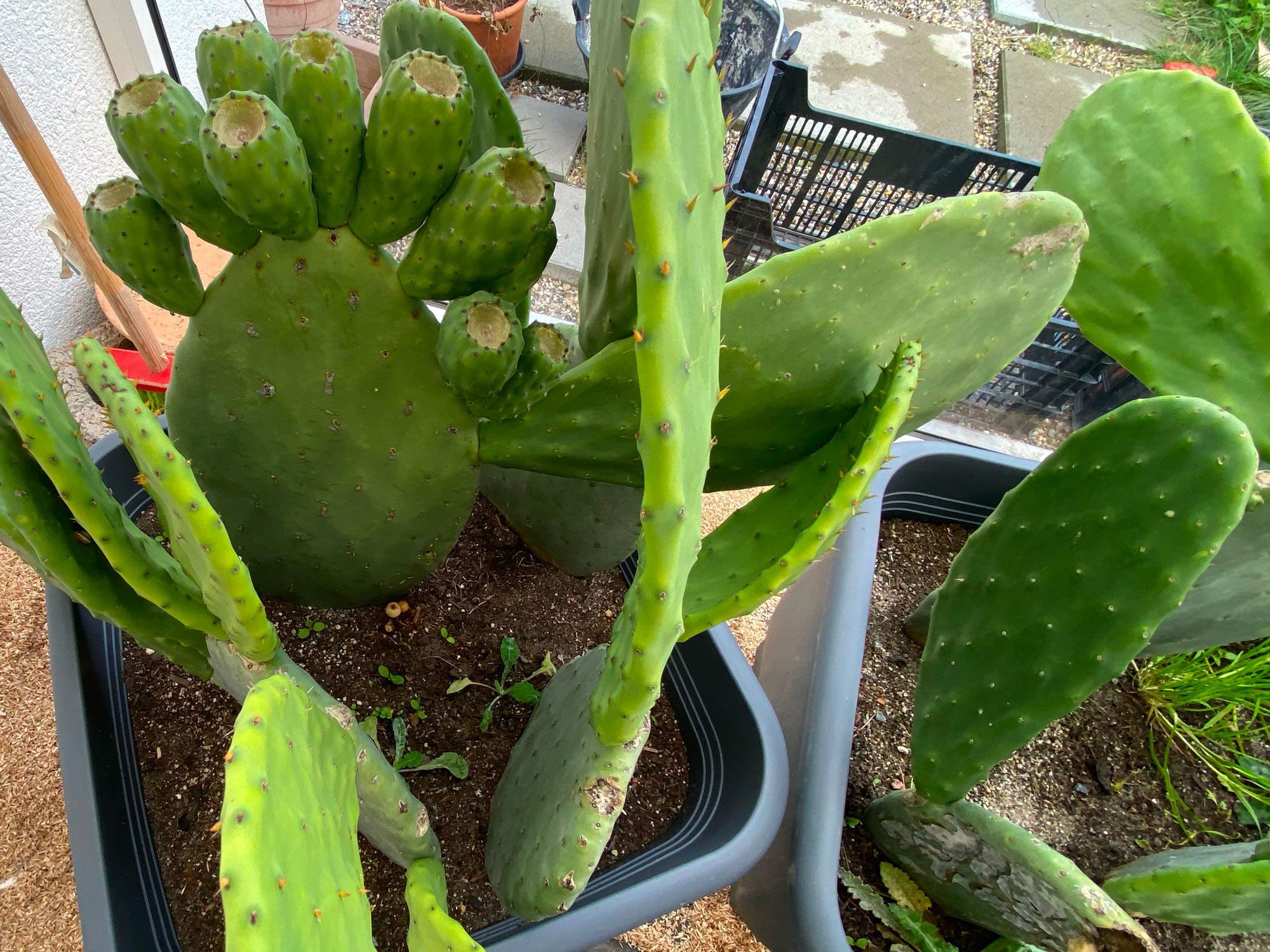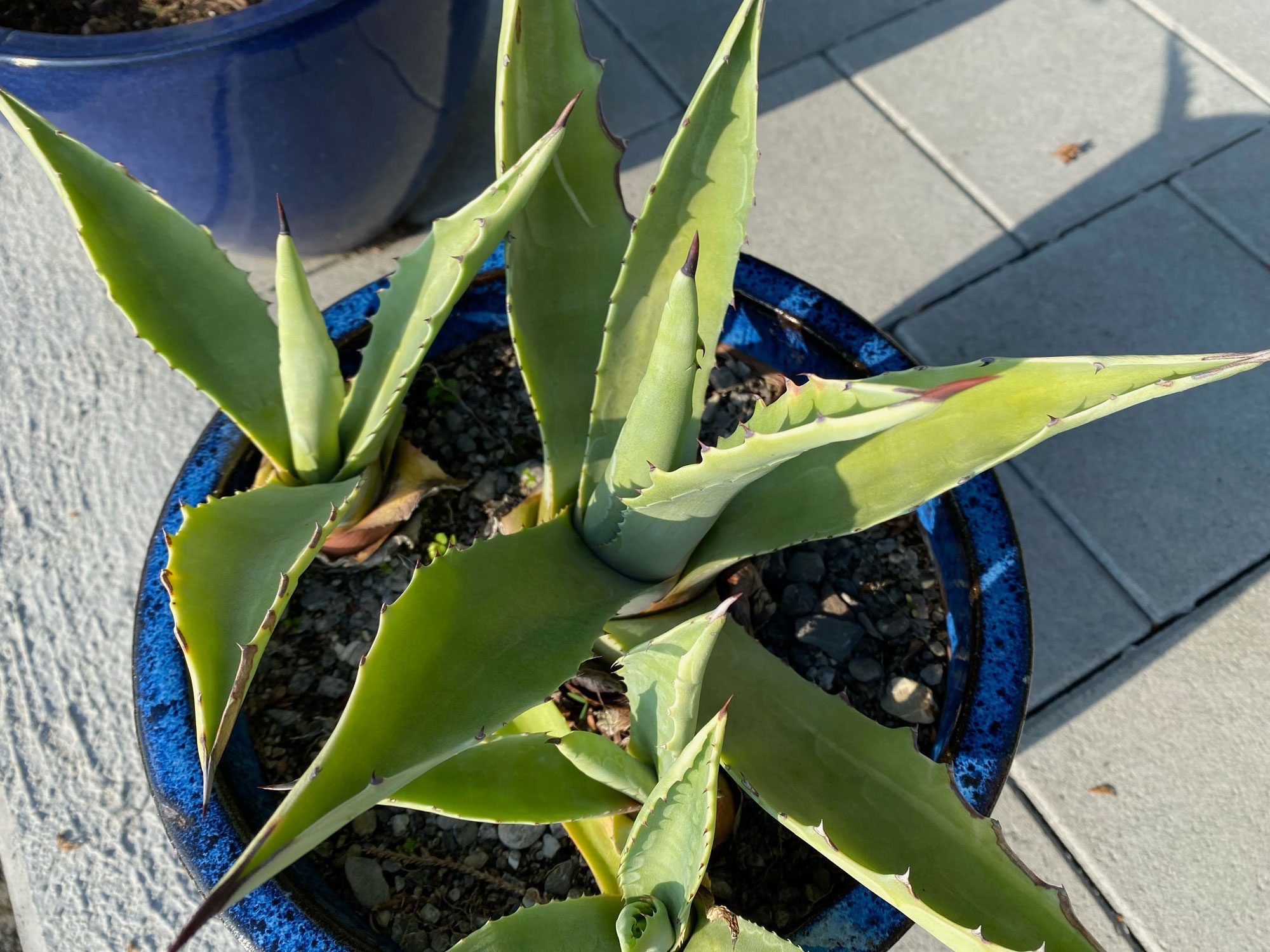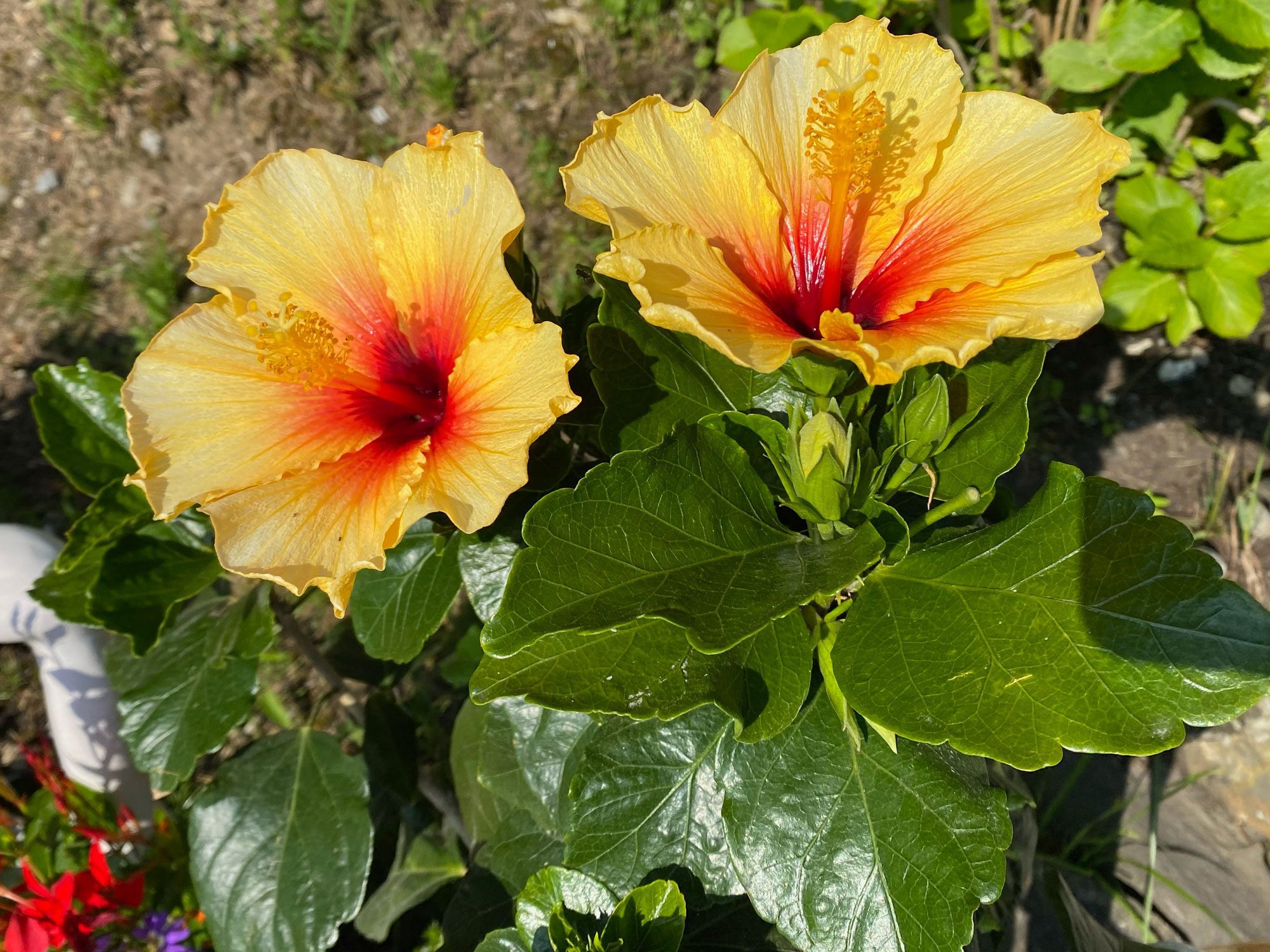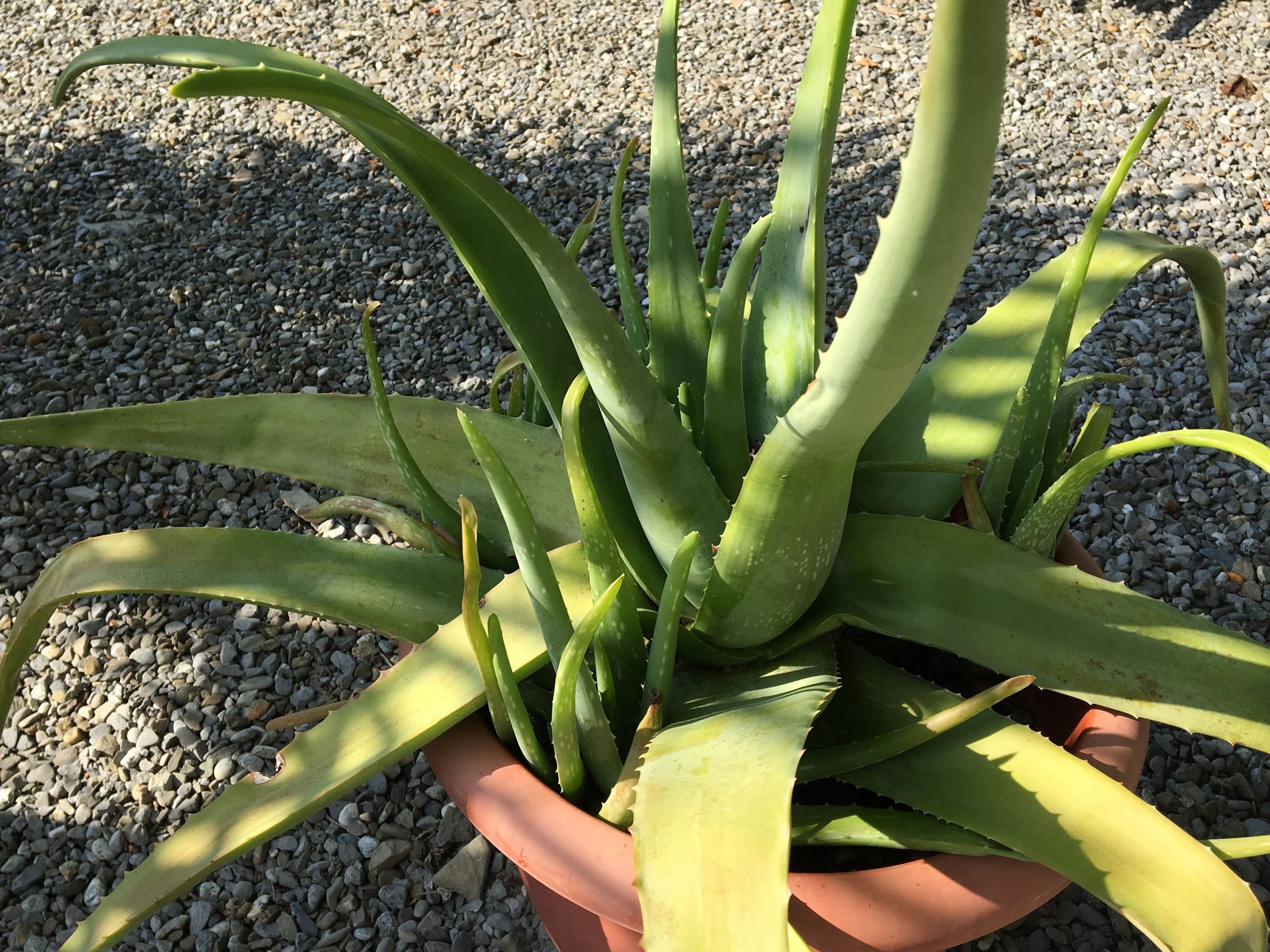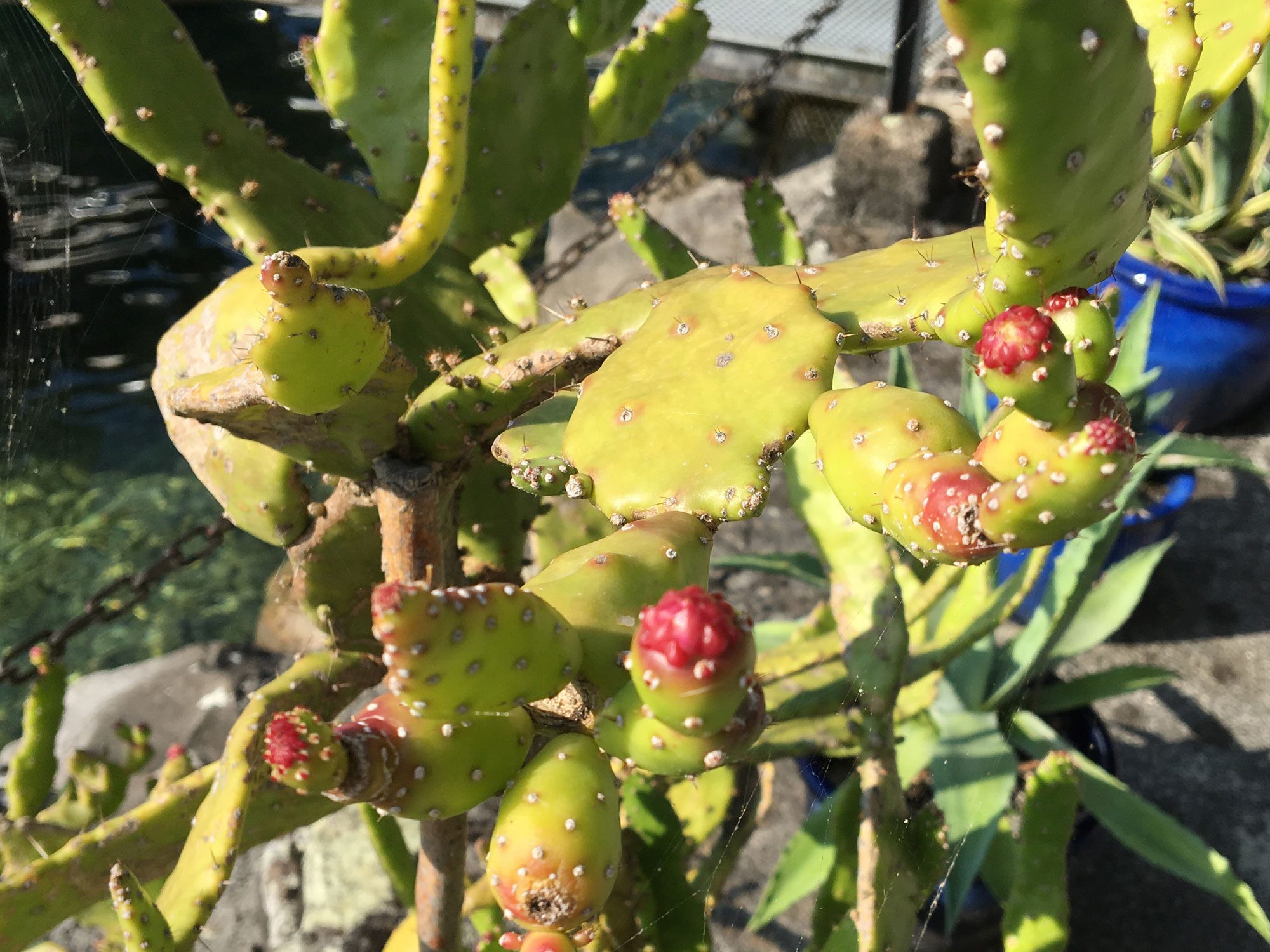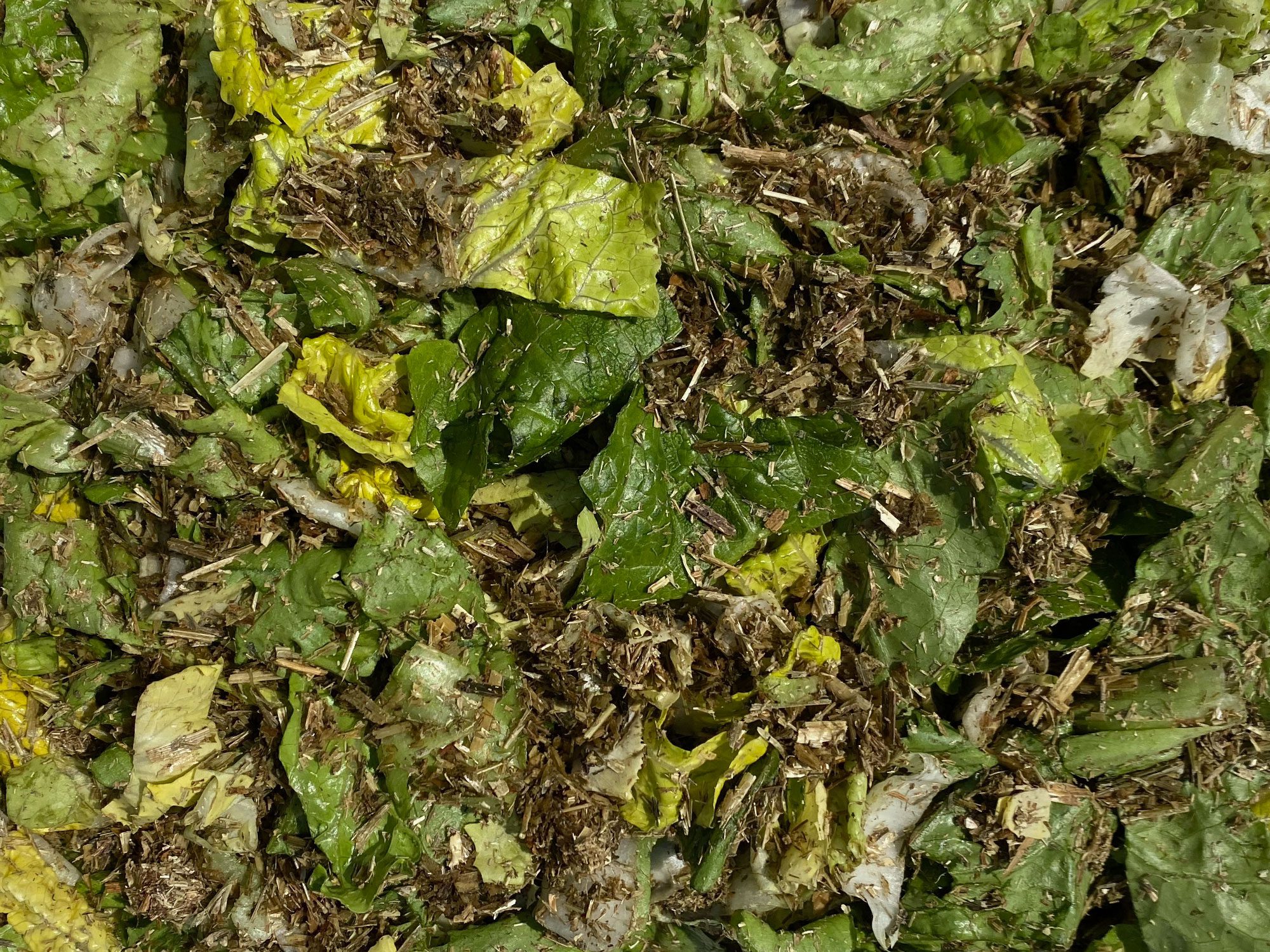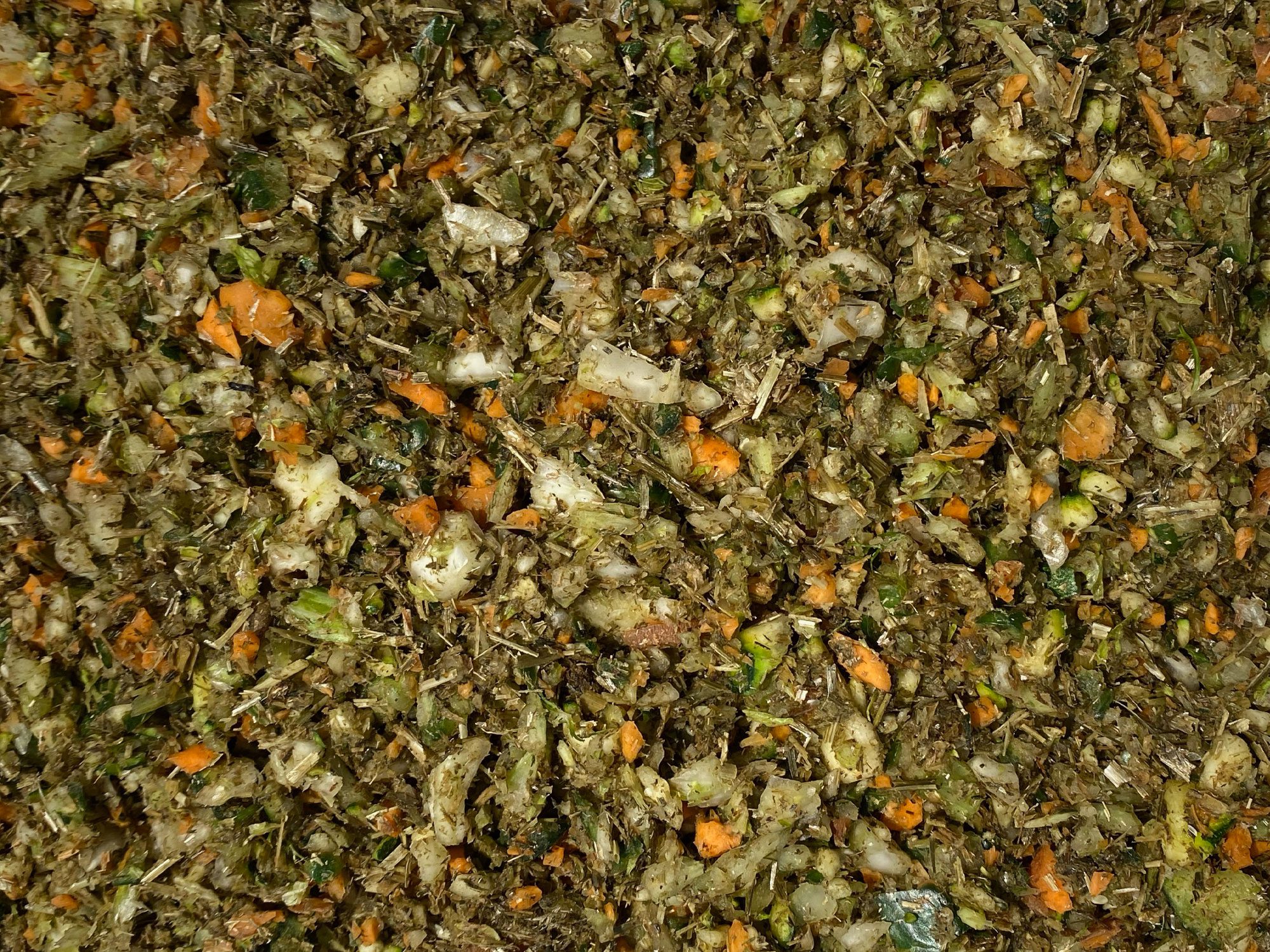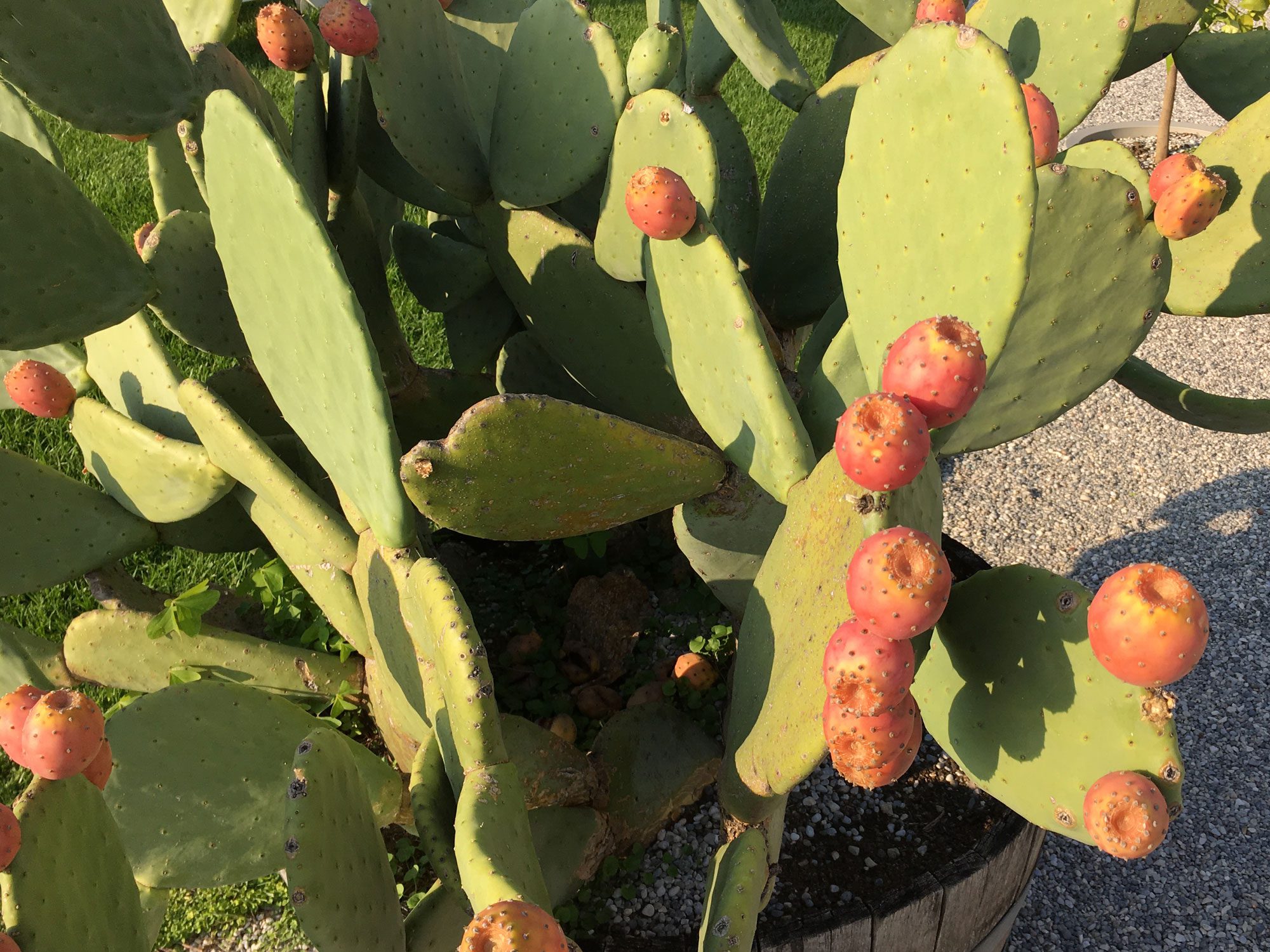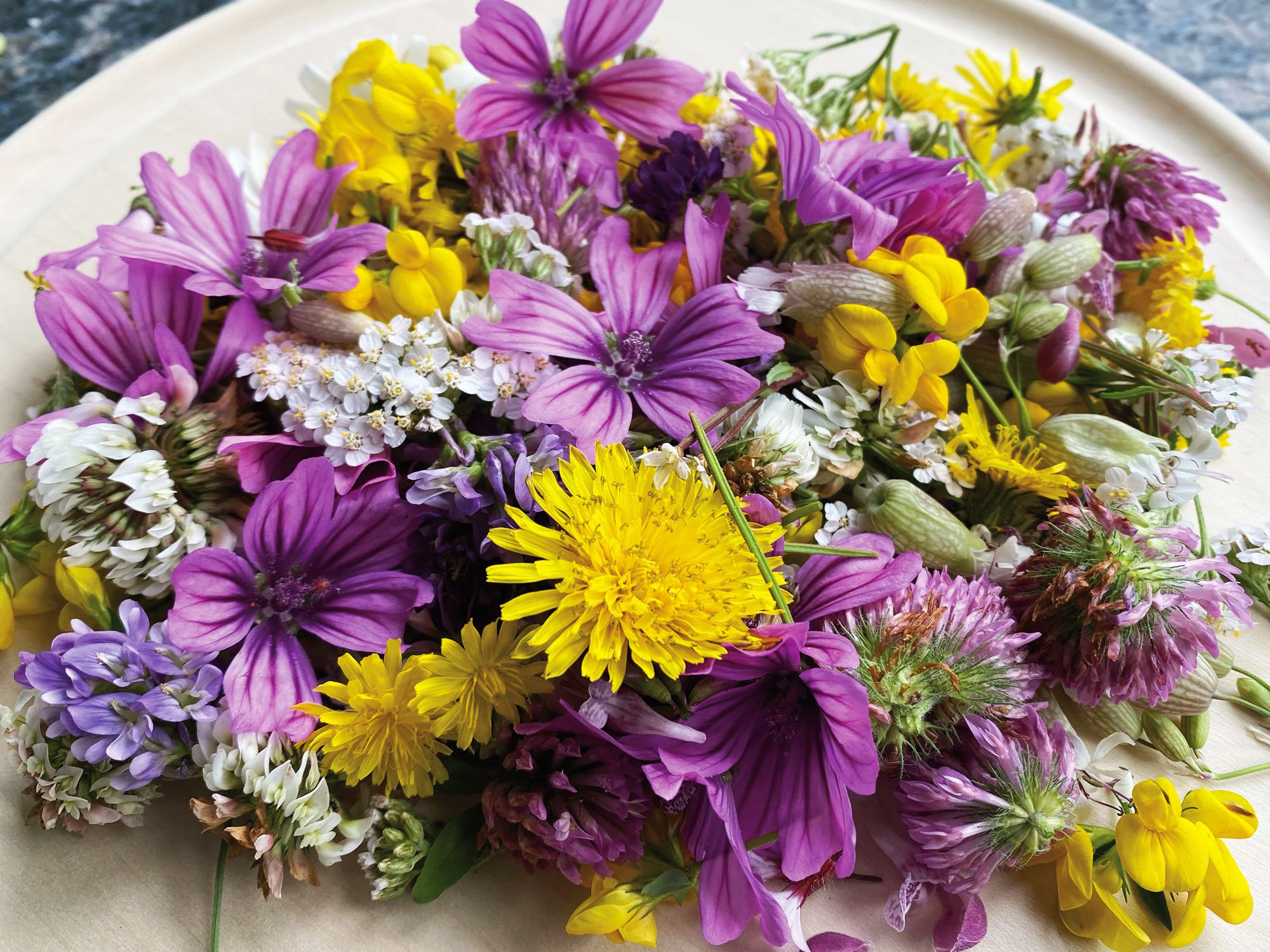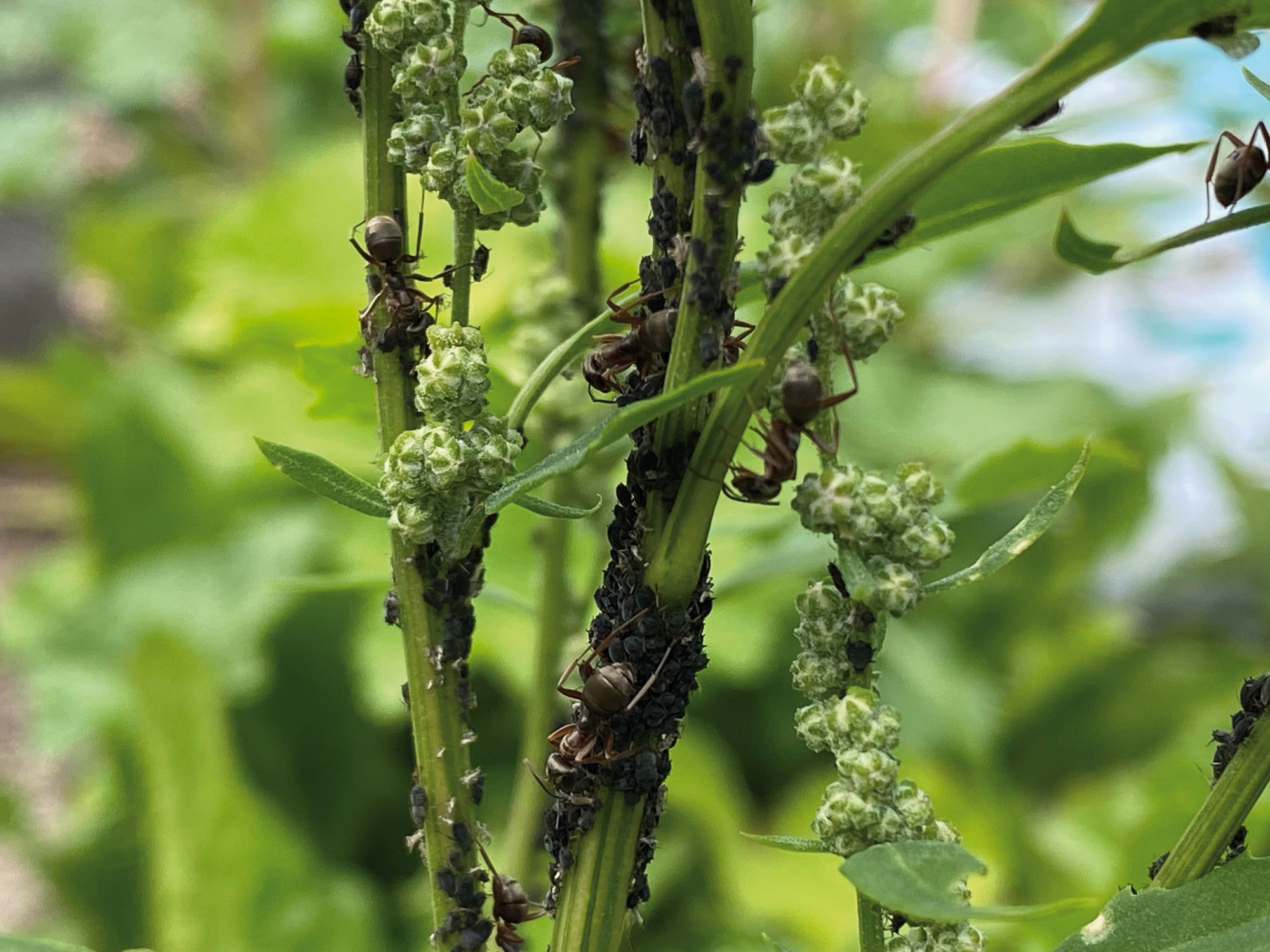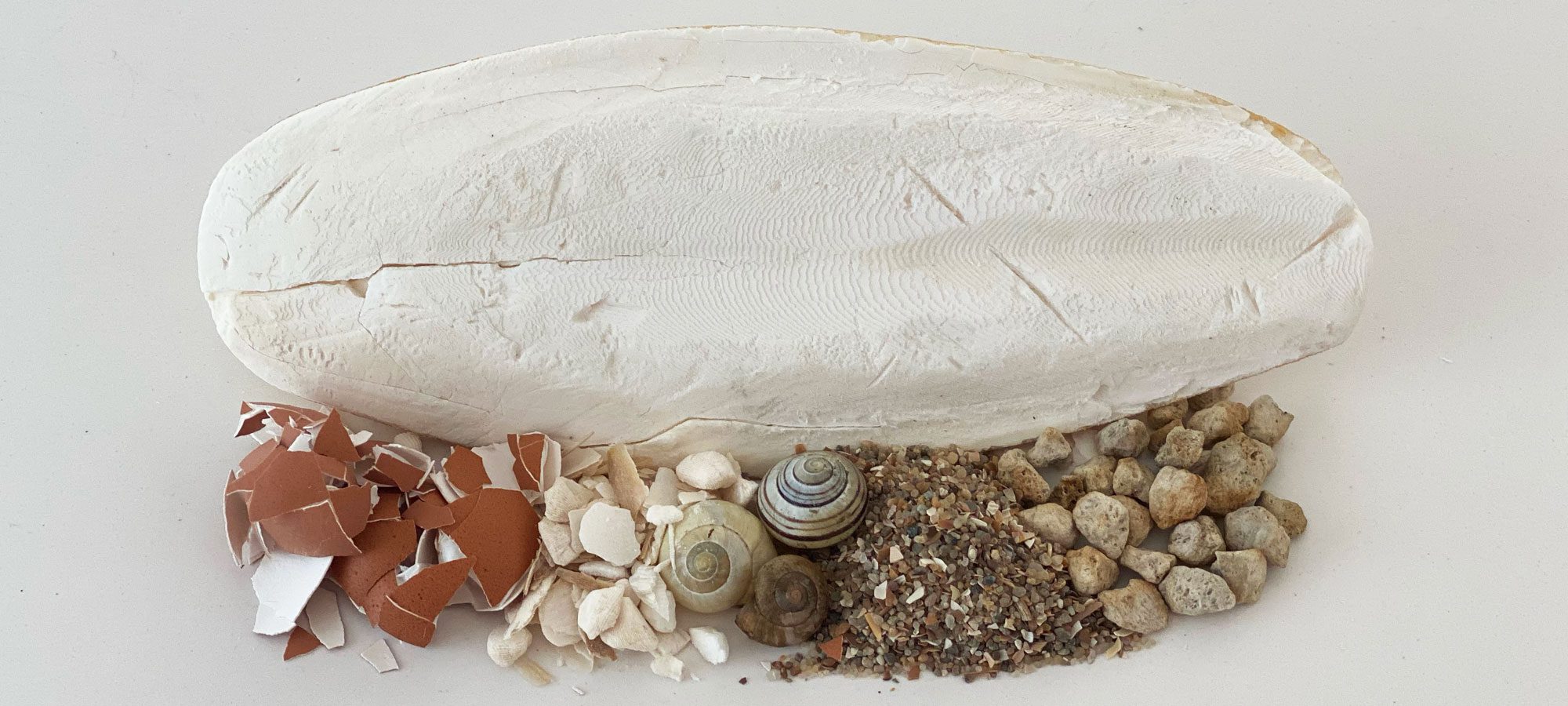Food specialist with high demands
As wild animals, Radiated Tortoise are well adapted to habitat conditions and resources. Their diet is to be understood as an adaptation to the conditions in the natural habitat. Southwestern Madagascar consists mainly of barren, parched vegetation with very slow growing plants rich in minerals, trace elements, vitamins, crude fiber and dietary fiber. However, thick-walled and water-storing succulent plants also thrive there, which are eaten by ray turtles with great pleasure to regulate their own water balance. To protect themselves from predators, many plant species in Astrochelys radiata habitat have developed defense strategies. Remarkably many plants are armed with spines or thorns or possess highly effective plant poisons (e.g. Euphorbia plants). Especially mammals therefore avoid these plant species as a food source. Astrochelys radiata, on the other hand, is nutritionally perfectly adapted to this habitat and has learned evolutionarily to deal with spines, thorns and plant poisons in its habitat. It can therefore consume opuntias or other cacti without any problems. Even long and very sharp spines of Didierea madagascariensis do not seem to bother her while eating. Astrochelys radiata also seems to be immune to the poison of spurge plants. It is even conceivable that in nature it specifically seeks out certain poisonous plants to eat, for example to get rid of troublesome endoparasites.
Especially when feeding Astrochelys radiata in human care, it is very important to always be aware of the natural biotope and use it as a guide. A balanced and natural diet is essential for the health and well-being of Radiated Tortoises. Even more than other species of turtles, Astrochelys radiata is prone to shell hump formation, metabolic disorders and organ damage when fed improperly. A sensible diet plan with suitable food should be followed absolutely and consistently. Since it is difficult to sustainably grow forage plants from the habitat of Astrochelys radiata in large enough quantities in our latitudes, it has proven effective to switch to alternative and locally available forage plants. Radiated Tortoises feed exclusively on vegetarian diets and prefer grasses, wild herbs, leaves, flowers, and succulents. Grasses probably constitute more than 80 percent of the total diet in the wild. Foraging and ingestion in their habitat occurs almost exclusively in the morning and late afternoon. During the day, especially around midday, it is too hot for this.
Premium food
The following premium foods, both fresh and dried, are ideally suited as basic foods for the year-round and complete diet of Astrochelys radiata.
Native forage plants
For inspiration, see the following picture carousel for a selection of radiata-tested native food plants. Both, flowers, leaves and stems of these plants are suitable for consumption by Radiated Tortoises. In dried form, they are an especially valuable premium food during the cold season. The Latin name of the food plant can be found in the upper left corner of the image enlargement.
Exotic forage plants
For inspiration, see the picture carousel below for a selection of radiata-tested food plants suitable for indoor use as potted plants. Some of these plants are from the habitat of Astrochelys radiata. The Latin name of the food plant can be found in the upper left corner of the image enlargement.
Feeding
During the warm season, our ray tortoises are mainly fed grass, meadow herbs, flowers and leaves, which they either graze independently in the outdoor enclosure or are fed. The same food plants are also offered in dried form and are available as high quality hay. Hay pellets from the product line "Testudo" of the company AGROBS are also an excellent premium feed. The hay pellets are soaked in warm water and swell up completely after a few minutes. The moist raw fiber mass is then squeezed out again by hand to avoid too much residual water and then fed to the tortoises. Radiated Tortoises are almost magically attracted by the tangy meadow scent emanating from this swollen hay mass. We also use products from the "Testudo" line for mixing and enhancing secondary feed middles such as endive and lettuce. Products of the AGROBS company can be ordered from us in Switzerland through the Agricultural Cooperative. Attention: The hay pellets from the product line "Testudo" of the company AGROBS must not be confused with other commercial Pellest from the pet store! Only this product line is really adapted to the nutritional needs of tortoises and contains natural and high-quality raw fiber in organic quality without the addition of fats, grains or other industrial ingredients!
The seasonal collection of various flowers, herbs and leaves from spring to fall provides healthy variety on the menu of our ray turtles. Part of the harvest is dried and stored for the cold season. If the own dried supplies should not be sufficient once, certain dried products of the company are also suitable as a substitute. JR Farm. These products are available in Switzerland in any Qualipet branch to buy. However, it is essential to ensure that only products Without cereals For example, dried dandelion, ribwort plantain, nettle, forest leaves and berry leaves are used. You can also order other dried herb, flower and leaf mixtures online at MV Reptiles order
However, the best and most nutritious forage plants grow practically on our doorstep in Muotathal and are often misjudged and overlooked as weeds. Especially valuable are plants that grow on meager meadows or on stony screes along the river Muota. Herbs and flowers that grow on unfertilized, lean mountain meadows are also very suitable. A special feature here in the Muota valley is also the so-called "Wildiheu", which is cut once a year on steep rocky slopes by mountain farmers. Astrochelys radiata seems to have a general preference for forage plants with milky plant juices. On the other hand, plants containing essential oils are spurned. Under the heading Literature a few excellent compendia for recognizing and identifying suitable forage plants are listed for inspiration.
Seasonal composition of the basic feed:
In the warm season, the diet of our ray turtles consists of 80% fresh food in the form of grasses, flowers, herbs and leaves. 20% from dried grasses, flowers, herbs and leaves, as well as hay pellets from the product line "Testudo" from the company AGROBS and high quality hay.
In the cold season, the diet consists of 80% dried grasses, flowers, herbs and leaves, hay pellets from the product line "Testudo" of the company AGROBS and high-quality hay. 20% from fresh feed in the form of secondary feed and indoor food plants such as opuntia cactus, hibiscus, Callisia repens, mallow, etc..
Radiated Tortoises need a varied, low-protein diet with high crude fiber content and a balanced calcium-phosphorus ratio for their health and well-being. The excreta should each be of a solid consistency and not watery. The feces of a healthy Radiated Tortoise always contain undigested plant fibers, which dry out quickly when exposed to air and do not stink. A high raw fiber content also prevents excessive infestation with endoparasites, so that deworming is rarely necessary.
Secondary supplementary feed
The following secondary feeds are not suitable as the sole feed for Astrochelys radiata and should only be used occasionally in small rations, for variety, and in conjunction with the main premium feed.
Especially in the cold season, when fresh food from nature is scarce, a moderate use of secondary feeds is quite legitimate to bring some variety and color into the diet of Astrochelys radiata.
Always assuming that premium feed was consistently fed on the other days of the week, we feed in winter 1x per week a ration of endive or lettuce. To enhance the endive or lettuce ration, we mix it additionally with a product from the AGROBS "Teastudo" line (e.g. Testudo Fibre). We deliberately prefer endive or lettuce because these two varieties have a slightly more favorable calcium-phosphorus ratio than, for example, commercially available lettuce.
In the cold season we also feed 1x a month a mix of grated carrots, cuchetti, fennel, celery and cucumber. Ideally, these products should be previously juiced or squeezed by hand in grated state to avoid too much liquid. We also mix this mix additionally to enhance with a product from the line "Teastudo" of AGROBS (eg Testudo Herbs).
Maximum 4x a year we feed seasonally by hand small amounts of berries (eg blackberries, raspberries, strawberries, etc.) or a cactus fruit. These colorful treats are also excellent as an edible carrier for Panacur® Pet Paste for deworming because they are always eaten quite greedily, uncritically, due to the red color and enticing smell. Note that there are very few plants in the habitat of Astrochelys radiata that bear fruit seasonally (e.g. cacti). However, these fruiting bodies cannot be compared to commercial fruits in terms of content due to the dryness and soil conditions on which the plants grow. It is important to understand that fruits are in principle not an integral part of the diet of ray turtles and can cause serious health consequences if consumed regularly. Except for the secondary feeds listed above in the indicated rations, salads, vegetables and fruits should be avoided completely.
Protein requirement
Astrochelys radiata covers its low protein requirements by eating fresh flowers and young shoots. Animal protein is occasionally consumed by insects, worms or snails, which are found either on forage plants or on the ground in the outdoor enclosure. However, additional feeding of animal protein is absolutely harmful and must be avoided at all costs! The primary consequences of excessive and too protein-rich feeding are much too rapid growth with unsightly hump formation and carapace deformities. In combination with incomplete calcium storage in the skeleton, unstable bone and carapace softening may also occur. Persistent metabolic disorders due to incorrect nutrition always lead to irreversible and fatal organ damage in the long term.
Calcium
In order for the turtles to form healthy bones and a stable shell during growth, it is always recommended to offer additional calcium. Calcium is freely available to our animals on a daily basis in the form of cuttlebone, shell grit, snail shells, crushed eggshells, and sun-bleached and shattered bones in shallow bowls. These calcium sources should always be ingested by the turtles independently, as needed, and not sprinkled on the food. Any calcium supplements collected in the wild and contaminated can be sterilized in a hot oven or water within a few minutes. Adult animals can easily bite off pieces from large calcium chunks. For young animals, we crush the calcium supplements into bite-sized pieces. Often fine calcium dust remains in the calcium shells. We always scatter this in the turtle garden or in the pots of the indoor food plants, so that the plants can also absorb more calcium.
Vitamins and trace elements
Tortoises can absorb and metabolize vitamins and trace elements mostly only in combination with secondary plant substances. Natural sunlight is also necessary for vitamin D synthesis. With a varied and balanced diet with regular access to natural sunlight, the addition of vitamin and trace elements in powder or drop form is absolutely unnecessary. The risk of overdosing is by far much higher than the effective benefit.
If a vitamin deficiency is diagnosed, it is possible to offer the affected animal a commercial parakeet or canary food in a shallow dish once a month (Vinke & Vinke 2004 a), which is enriched with vitamins, minerals and trace elements. The seeds pass through the gastrointestinal tract undigested and gently release the additives in small quantities.
Astrochelys radiata occasionally eats carrion and feces from other animals in the wild to absorb calcium and minerals. However, this should be avoided in human care, for contamination reasons with pathogens and parasites.
Harmful products
The following products are absolutely harmful to tortoises and must not be fed under any circumstances:
FAQ on the subject of food
Both the organism and the feeding instinct of Astrochelys radiata are adjusted to extremely low-calorie and raw fiber-rich food according to their meager original biotope. Radiated tortoises are therefore instinctively constantly foraging and must eat appropriate foods throughout the day to achieve a balanced and adequate diet. They have the same impulse when in human care. They want to eat as much and as often as possible, however, they often do not find and receive low-calorie feeds in our care, but downright protein and sugar bombs in the form of fruits, vegetables and salads. Qualitatively, high-quality basic fodder is therefore of special importance for the healthy maintenance. The products listed on this website under the Category premium food listed feeds are suitable both in fresh and dried state herrvorrgend as a basic food for the year-round and wholesome diet of Astrochelys radiata. Especially dried premium food (dried blossoms, leaves, herbs, hay and Agrobs) cannot be overdosed, because the high raw fiber content automatically creates a healthy feeling of satiety. Premium food left over in the enclosure and not contaminated can still be fed on the following days without any problems.
The regular feeding of salads, vegetables and fruits is probably one of the most pernicious and harmful misconceptions in turtle keeping. This persistent and repetitive habit mainly stems from the fact that these products are actually healthy, plant-based foods for humans and can therefore be bought and used easily, quickly and always available, and on the other hand, fatally, they are also readily eaten by the turtles.
If you consider the habitat of tortoises, it becomes clear that cultivated salads, vegetables and fruits, but also juicy and protein-rich meadows are not part of the natural food supply. The intestine of a tortoise cannot properly digest this too soft, protein-rich and sugar-containing food. Even occasional feeding leads to a disturbed balance of microorganisms in the intestine. This imbalance in the gut sometimes leads to severe diarrhea. Since tortoises are unfortunately not able to distinguish between healthy and unhealthy food, colorful and interesting smelling fruits, vegetables and salads are always eaten very gladly and greedily when available. Gout, constipation, shell deformities and fatty liver and even death are the result.
Basically, all commercial types of lettuce are an inferior food for turtles. Lettuce contains mainly water, has practically no raw fiber rich in fiber and also no noteworthy or valuable ingredients such as vitamins or trace elements. Nutritionally and energy-wise, lettuce is an absolute no-go for turtles. Lettuce is primarily a cultivated food crop of humans and is grown in different varieties in large monocultures. Residues of phosphate and pesticides make it even more unsuitable for feeding turtles. Due to its high water requirements, it also does not grow in wild form in the dry habitats of tortoises. Thus, it is absolutely impossible for a ray tortoise that originates from a semi-arid zone to ever come into contact with a lettuce-like plant in the wild.
Since turtles are unfortunately not able to distinguish between healthy and unhealthy food, colorful and interesting smelling fruits, vegetables and salads are always eaten greedily and in excess. However, after years of malnutrition, ray turtles develop real eating disorders and unlearn or refuse to eat natural and suitable food. Gout, constipation, shell deformities and fatty liver and even death are usually the result of an inappropriate diet.
In order to save the life of your turtle, it is imperative to reintroduce it to species-appropriate food. However, a change of food must be done slowly, consistently and over a longer period of time, so that sufficient raw fiber-utilizing bacteria can settle in the gastrointestinal tract again. In a first step, we recommend to mix the daily, usual food ration with premium food (e.g. Agrobs, dried herbs, etc., see food section). Over time, the proportion of unhealthy food should be reduced more and more and the proportion of premium food gradually increased until the turtle has become completely accustomed to natural food again. This adaptation process can take several months depending on the extent of the eating disorder, but in most cases it succeeds without problems. However, damage already done to organs, bones and shell due to years of malnutrition is irreversible and can still lead to health problems even after a change in diet.

